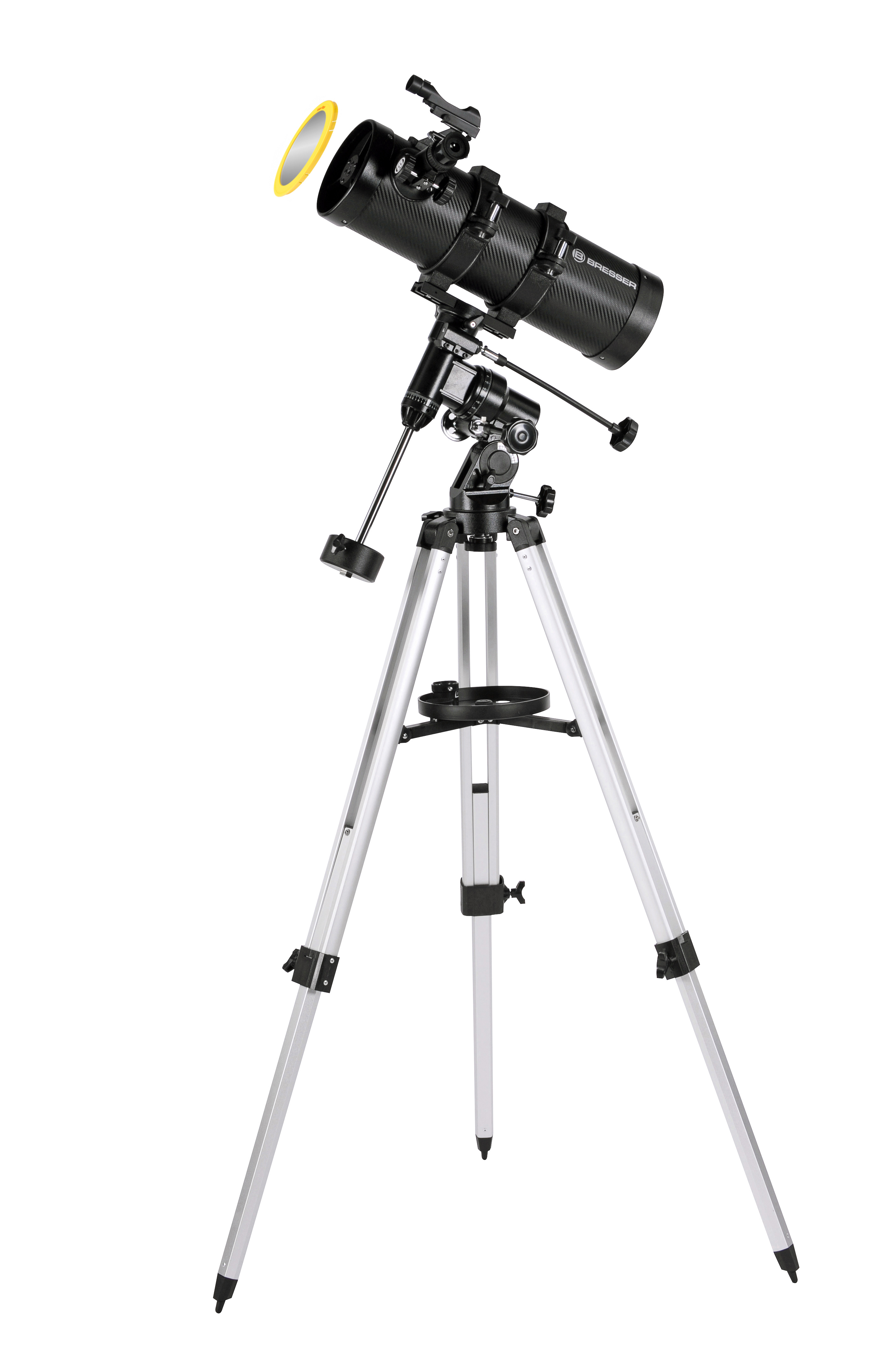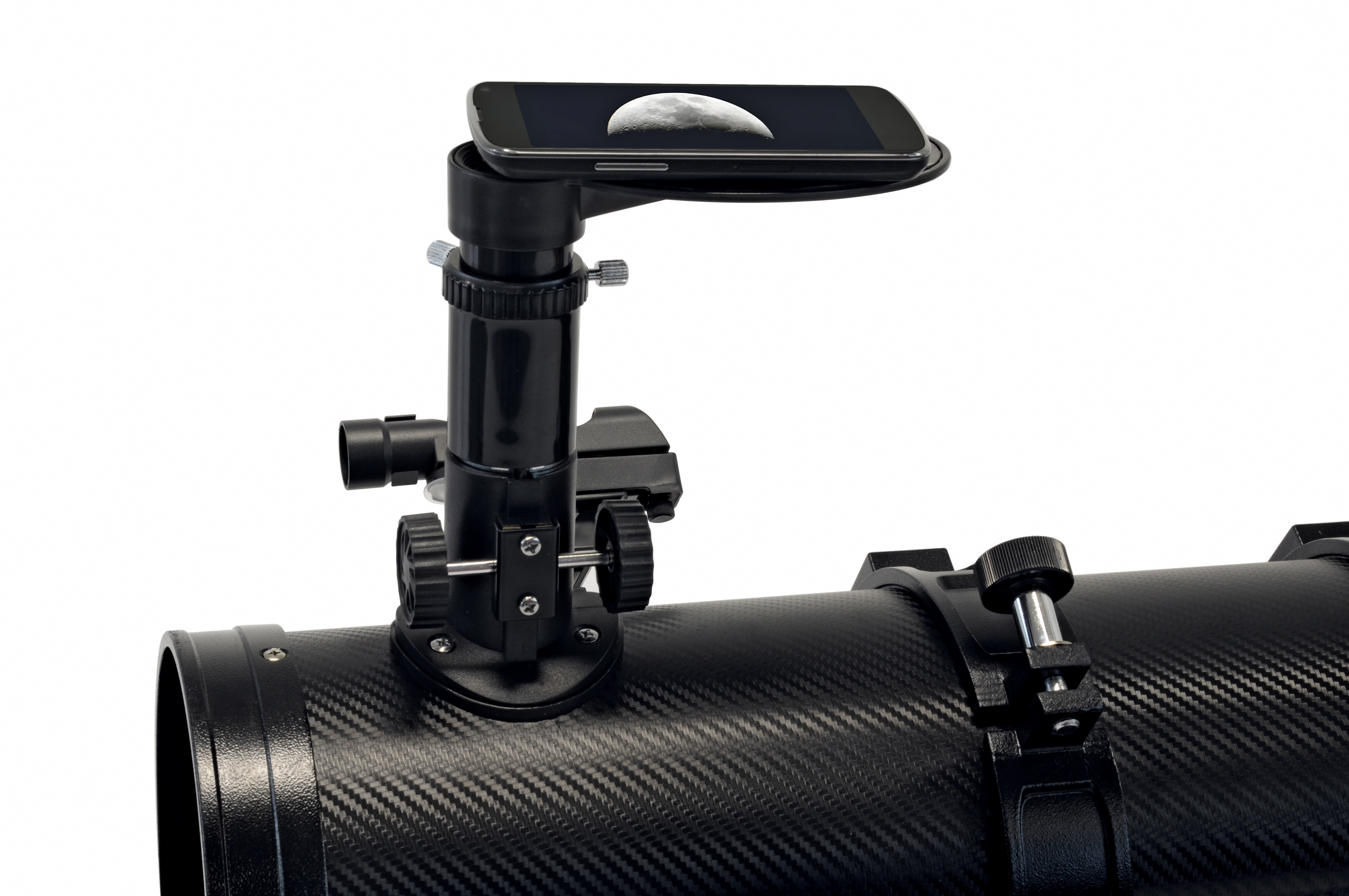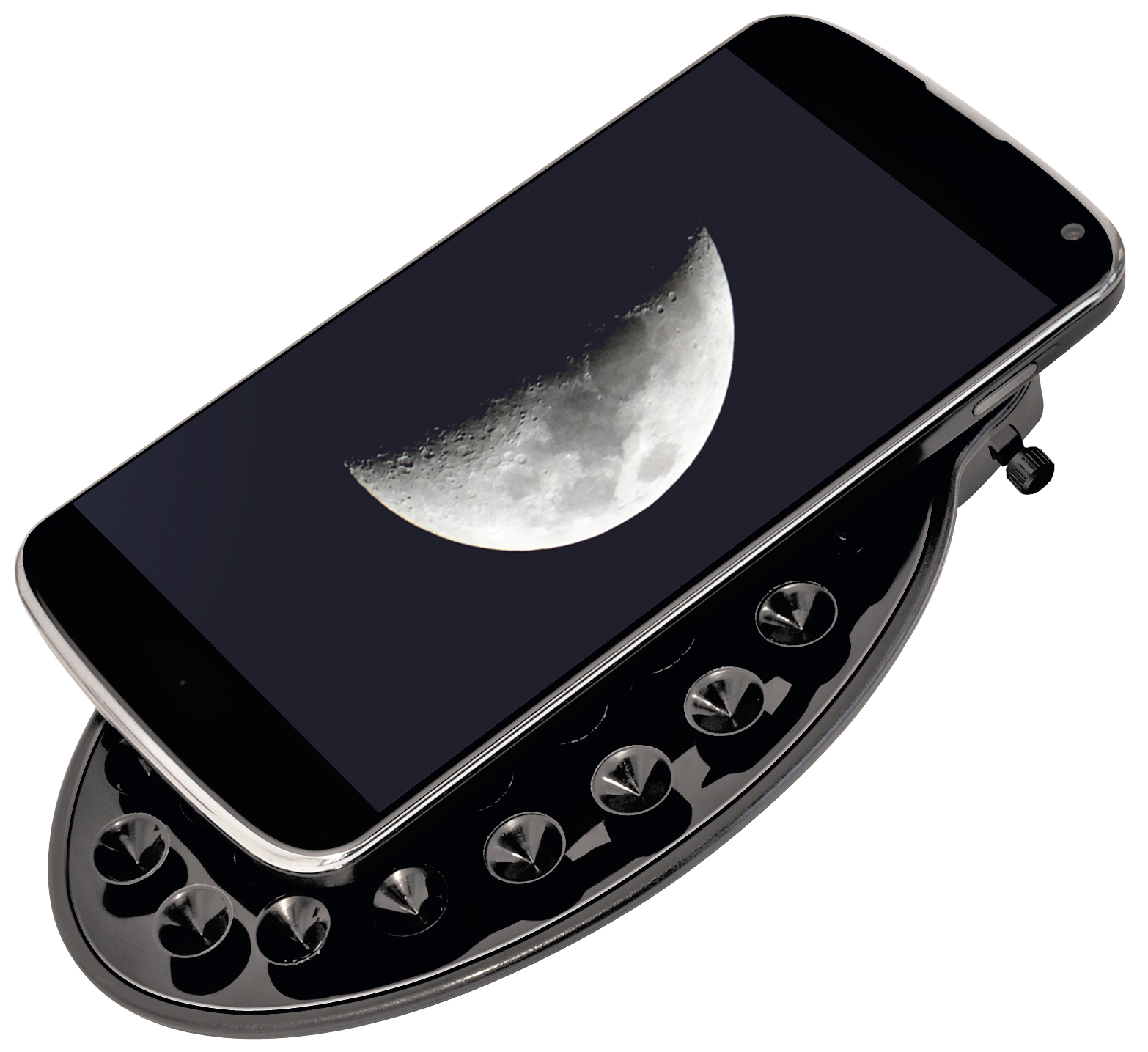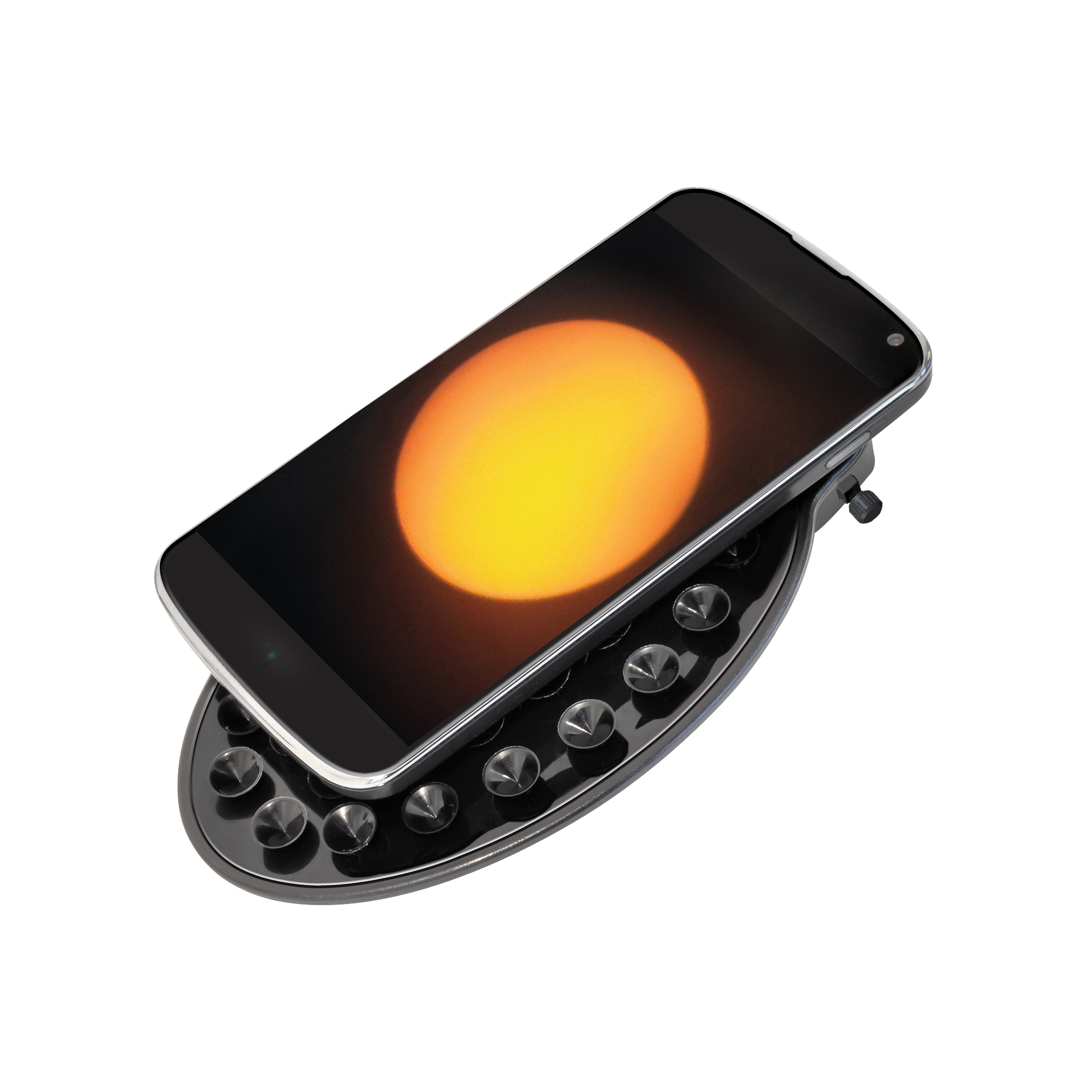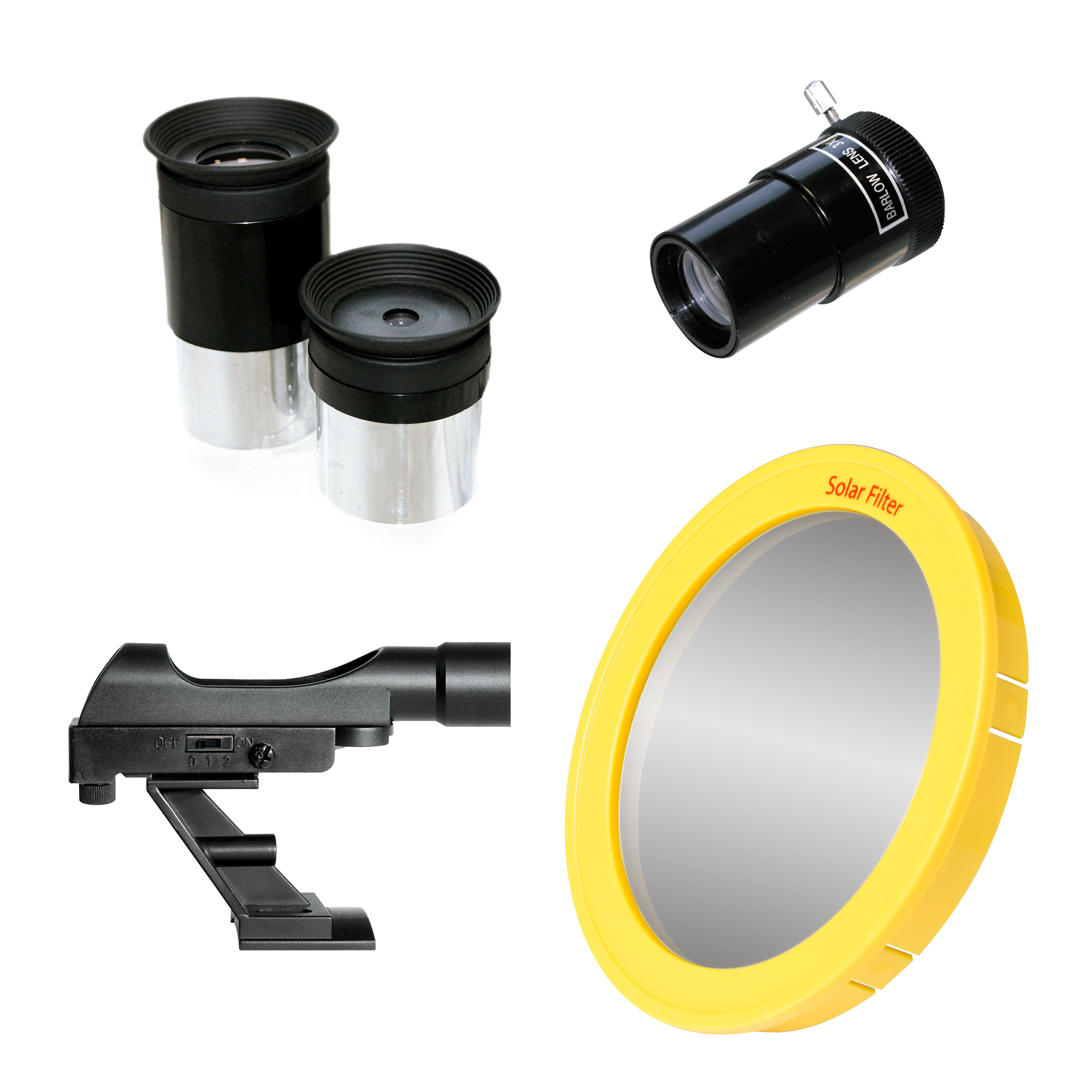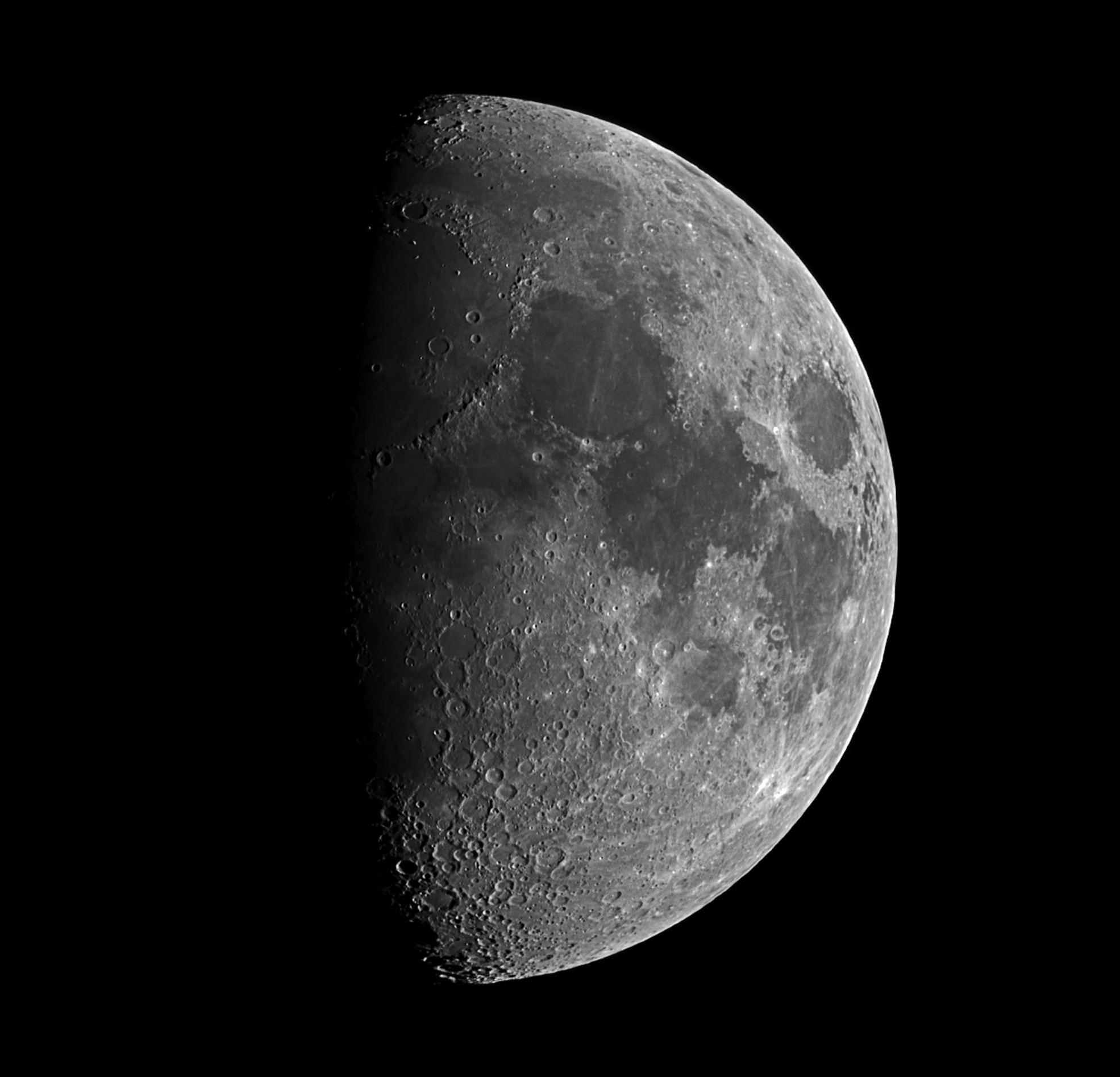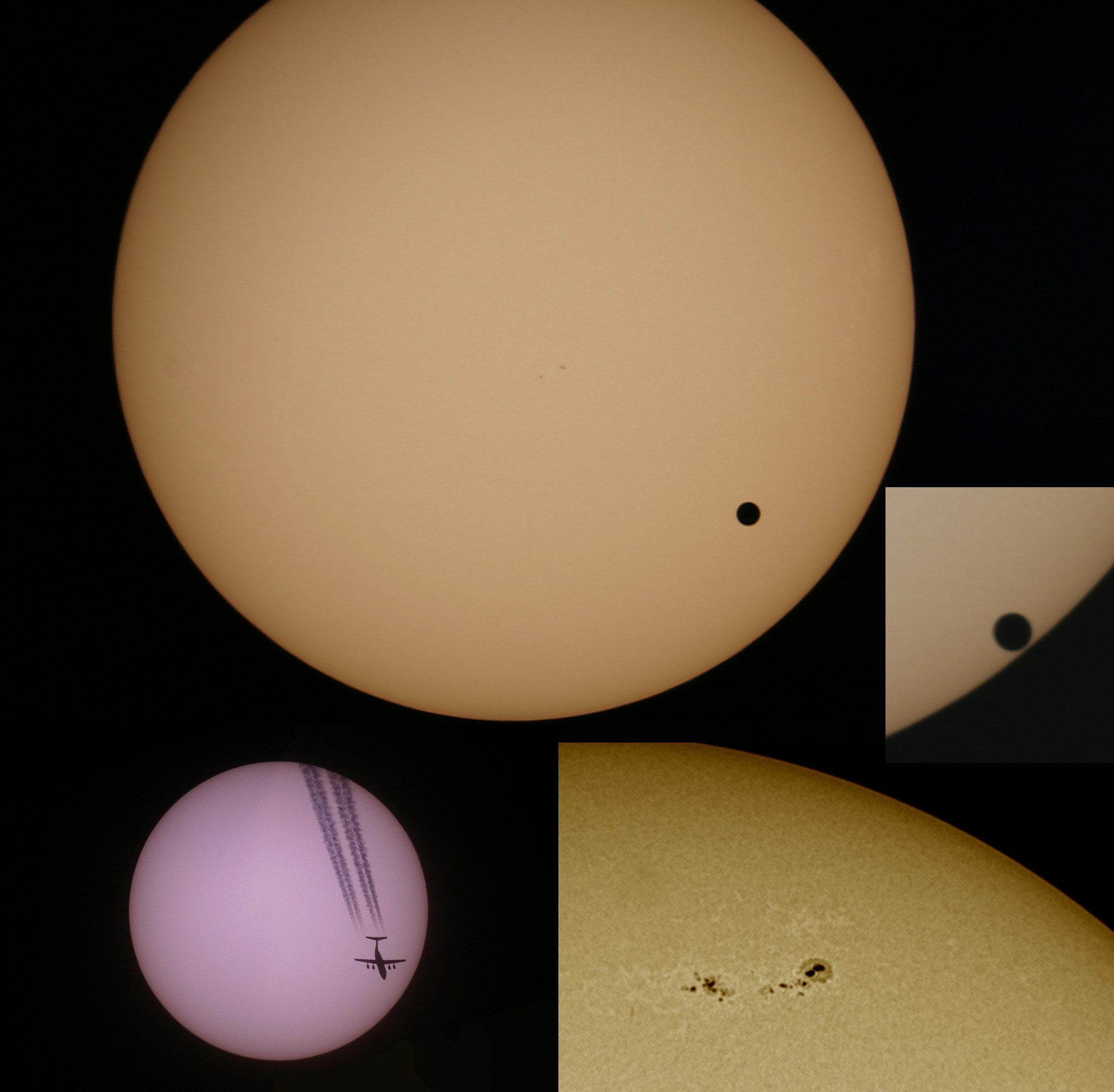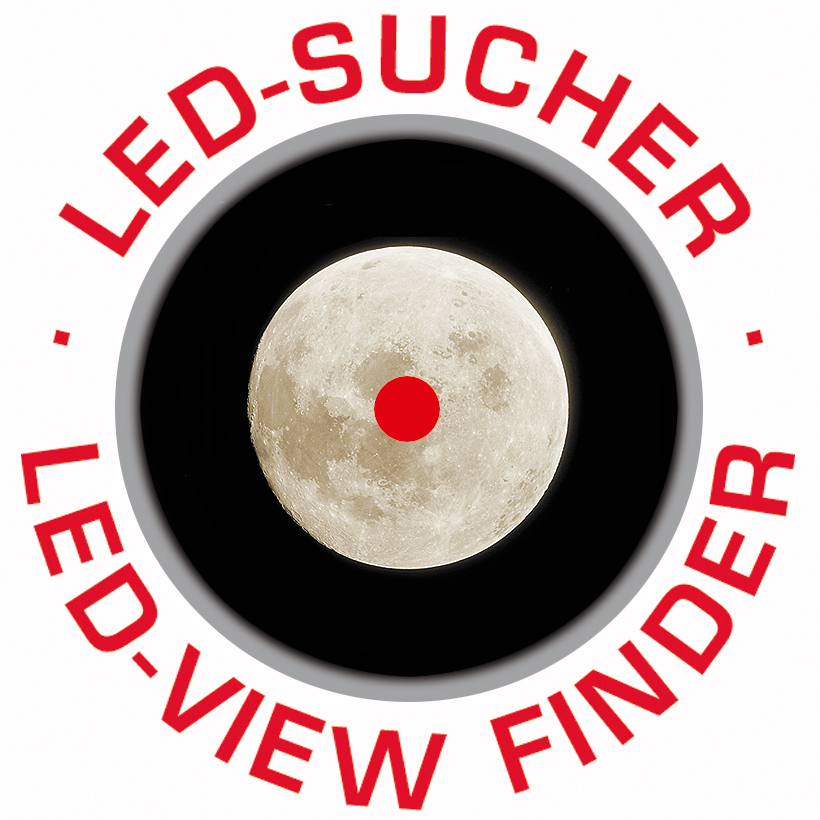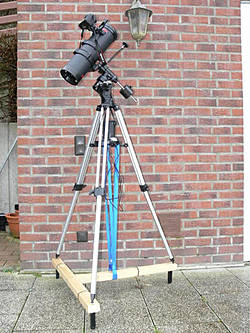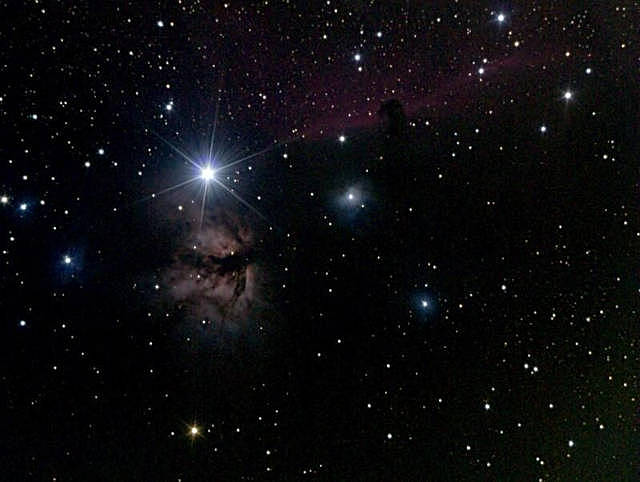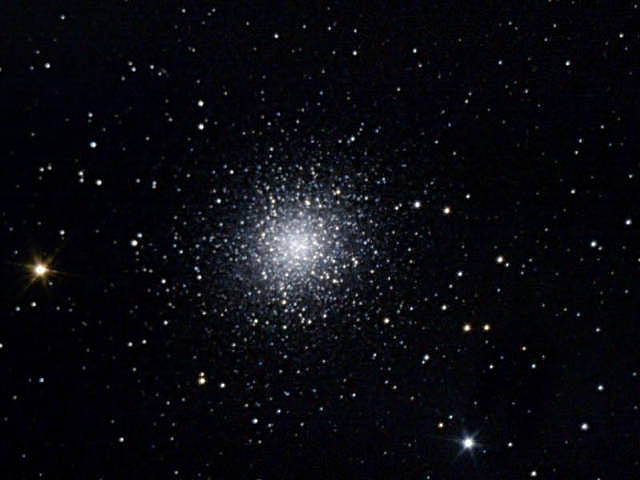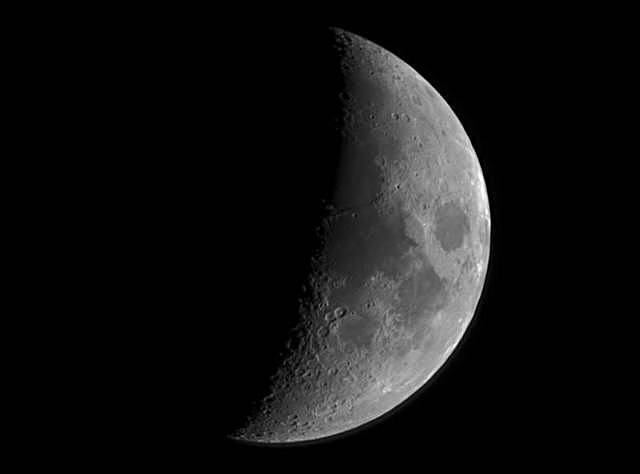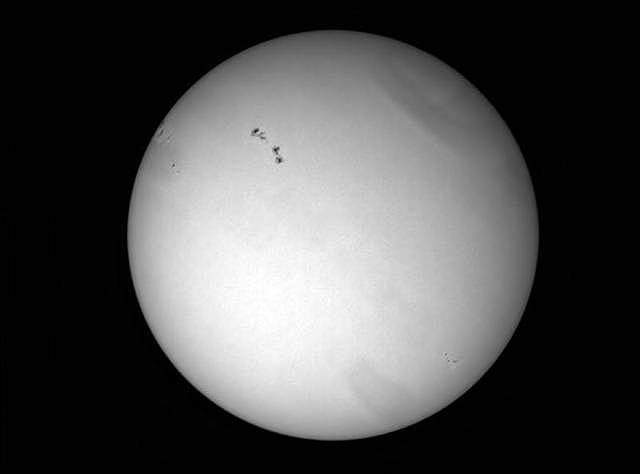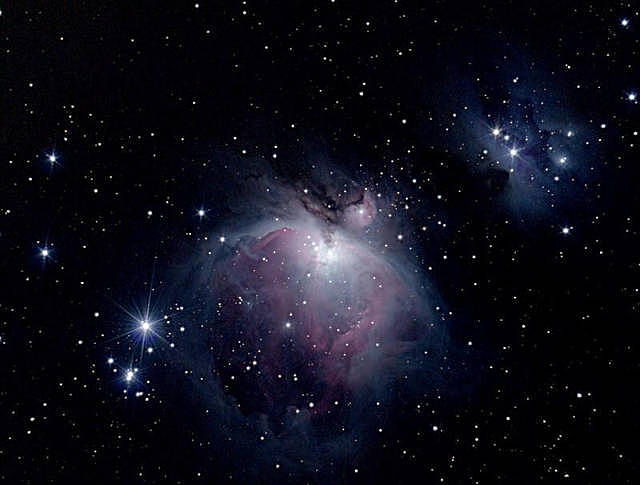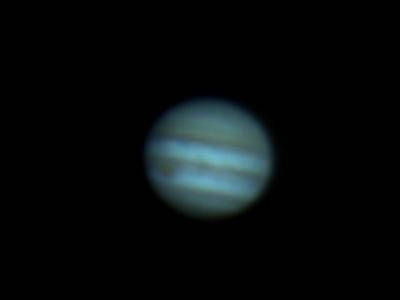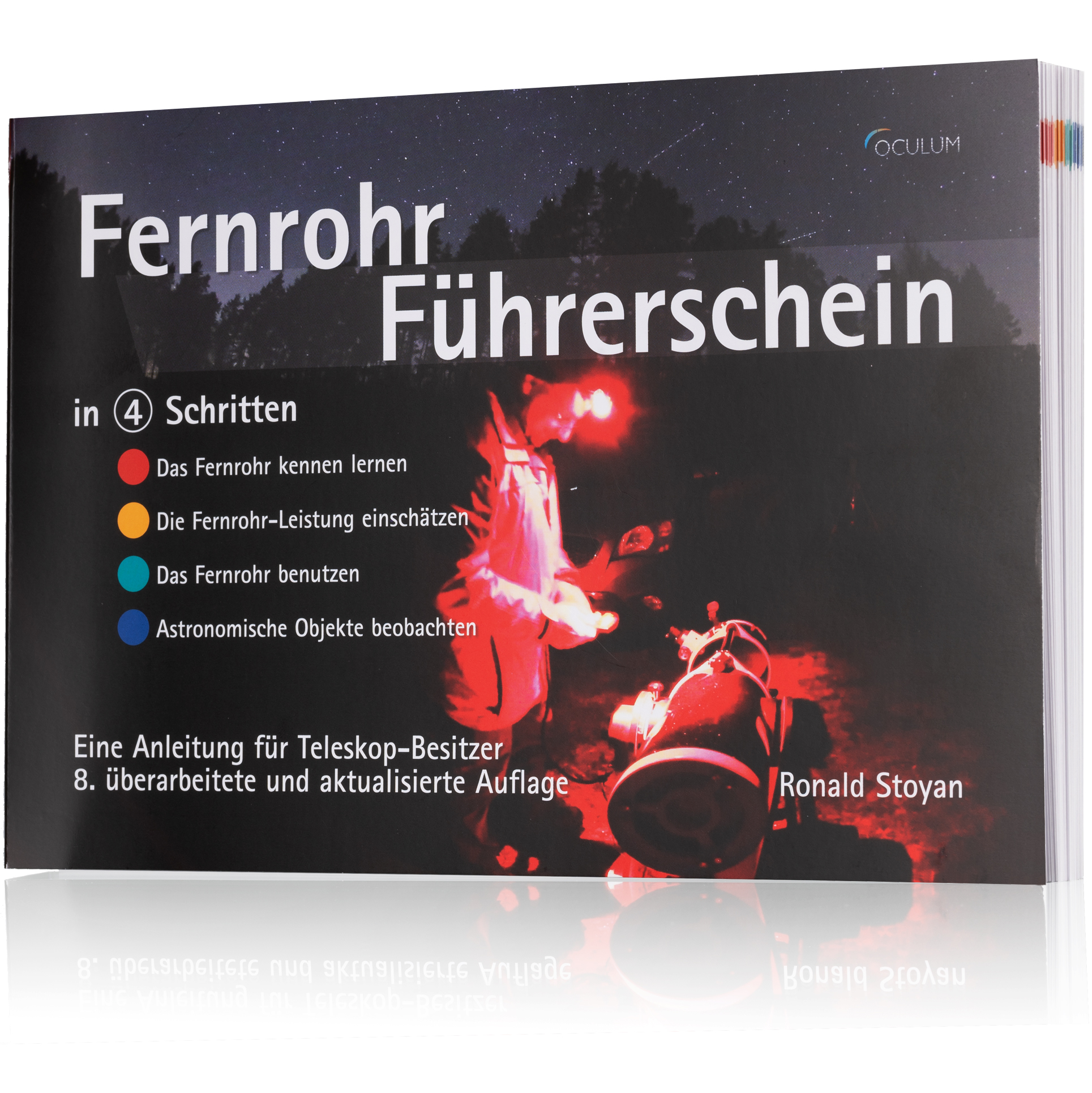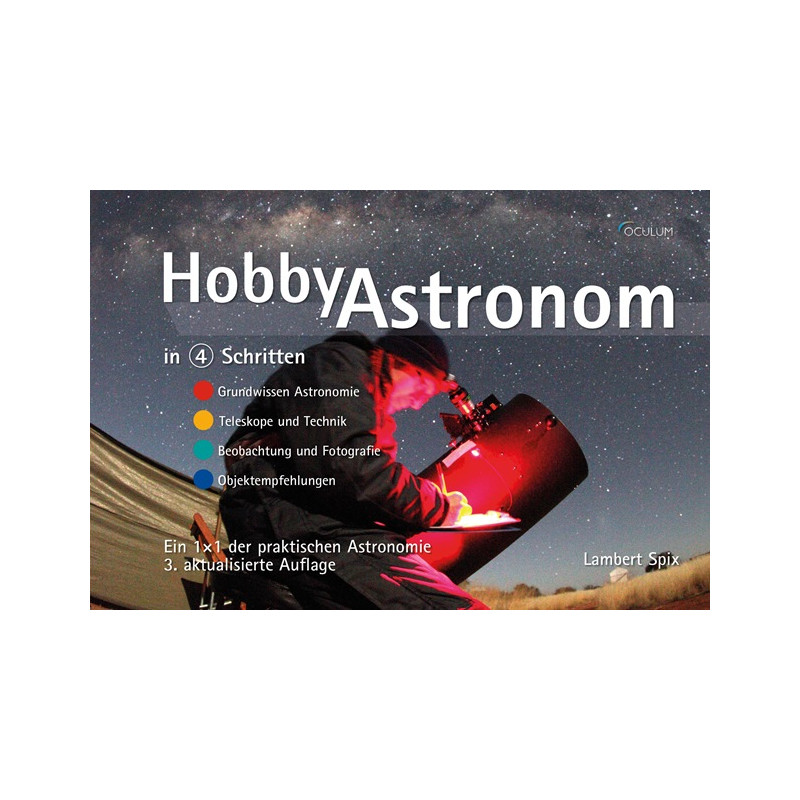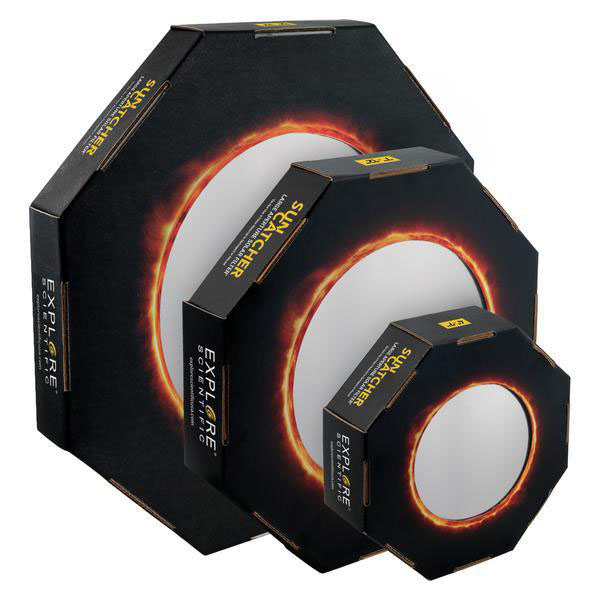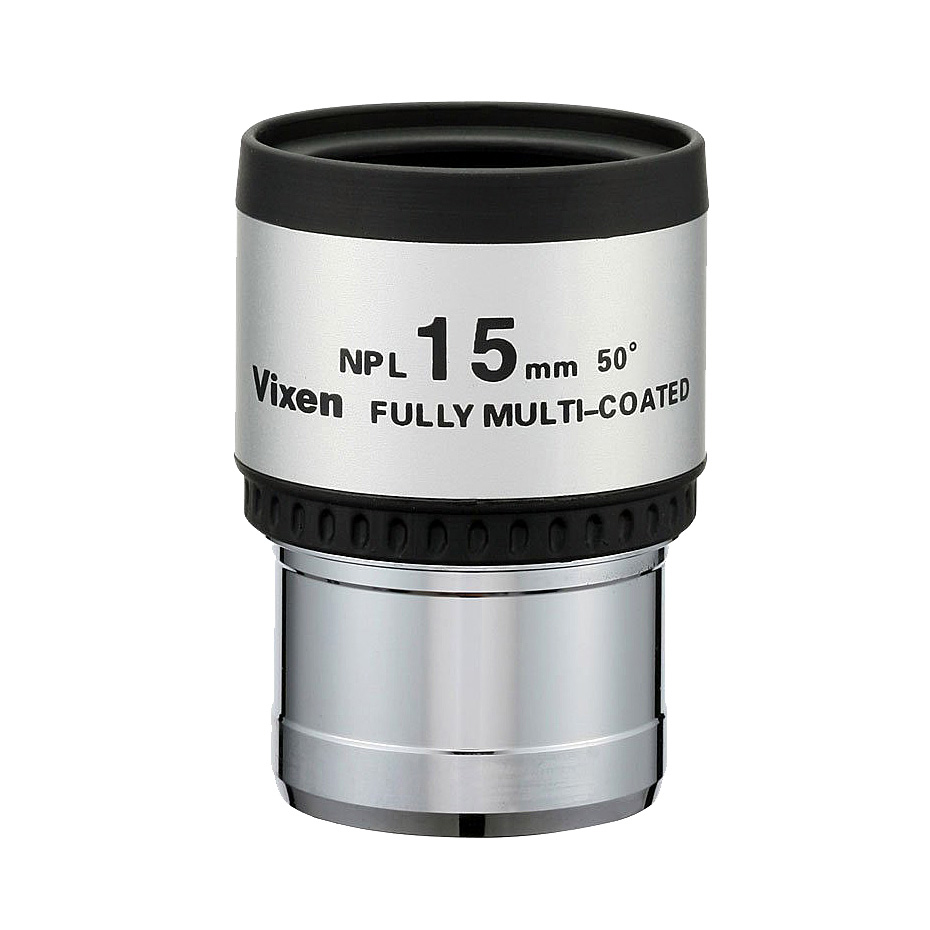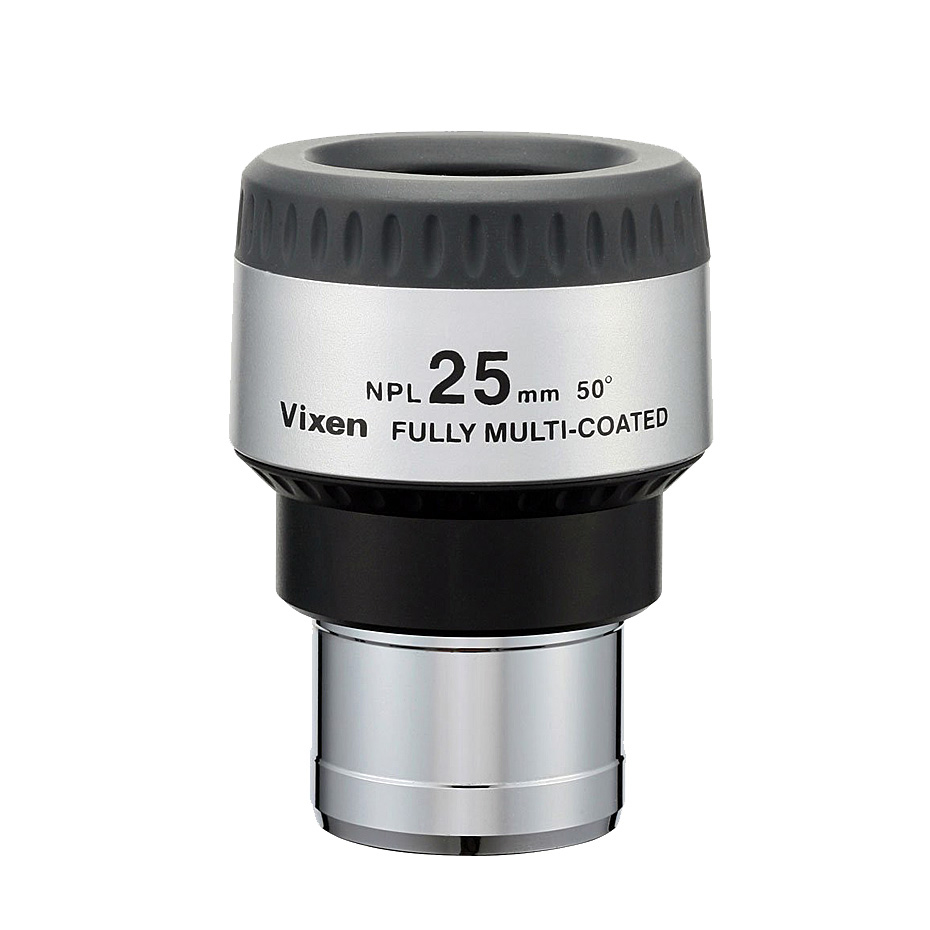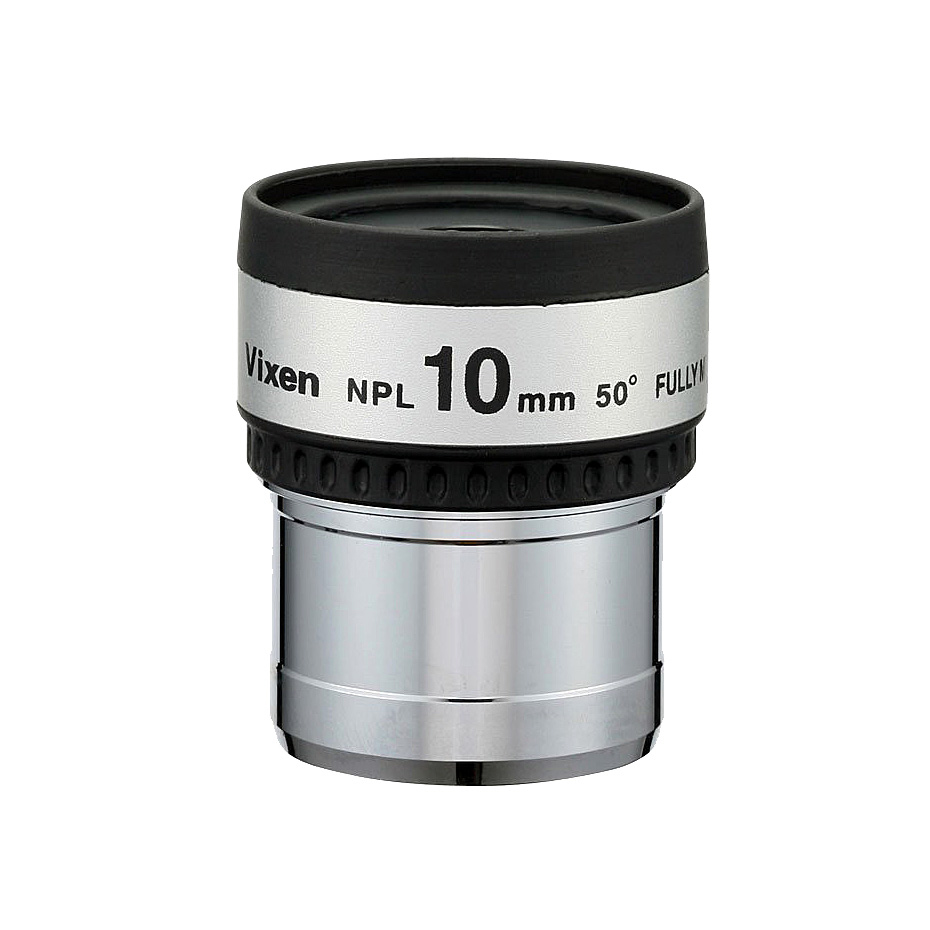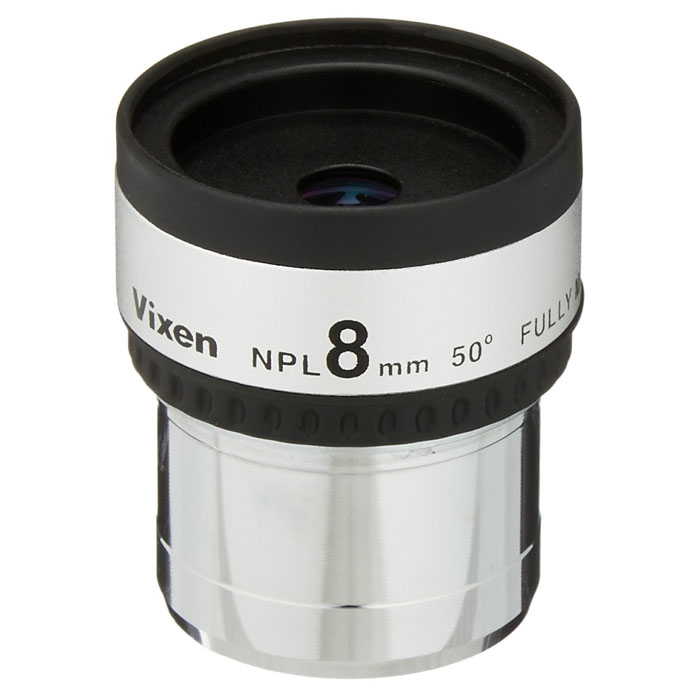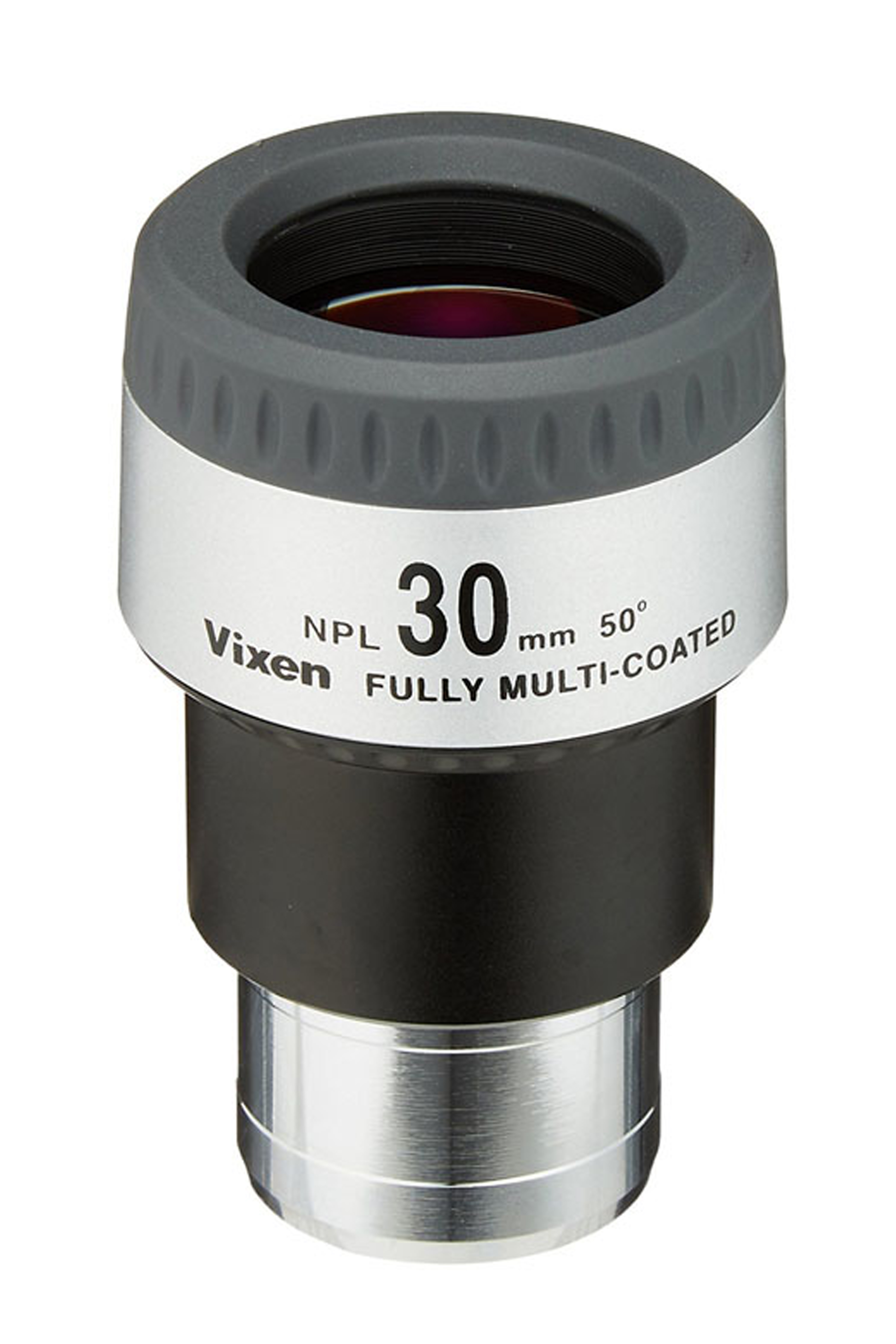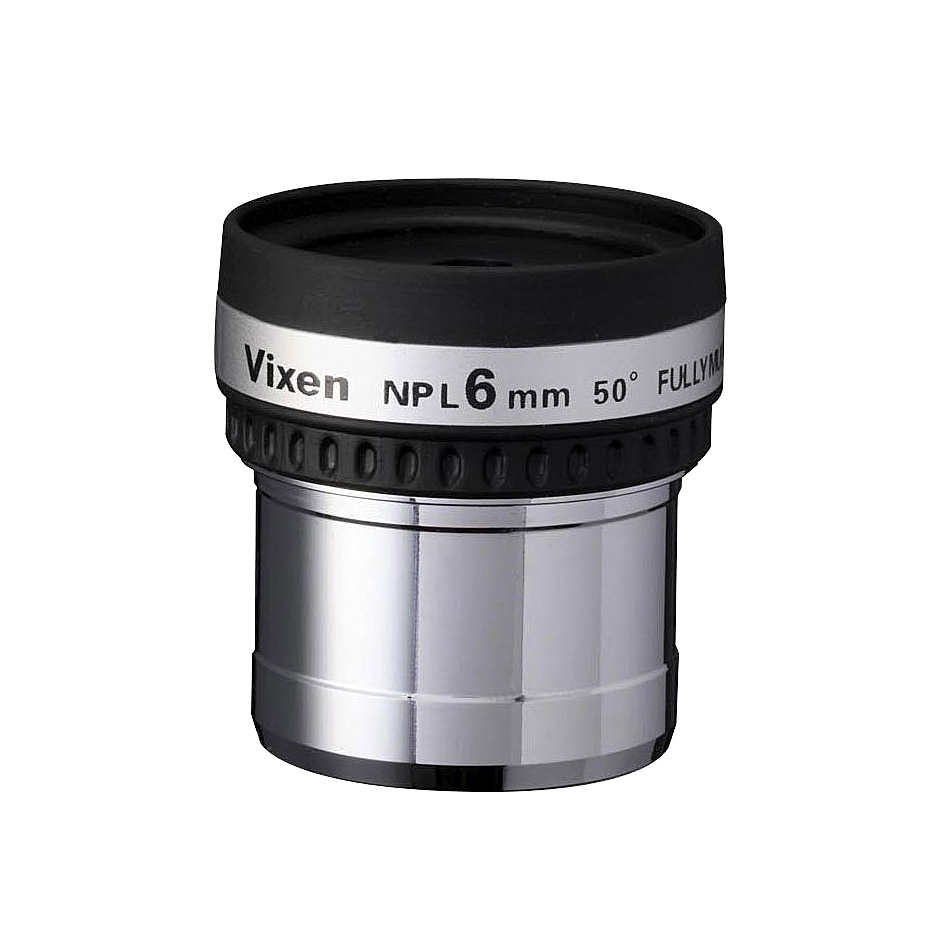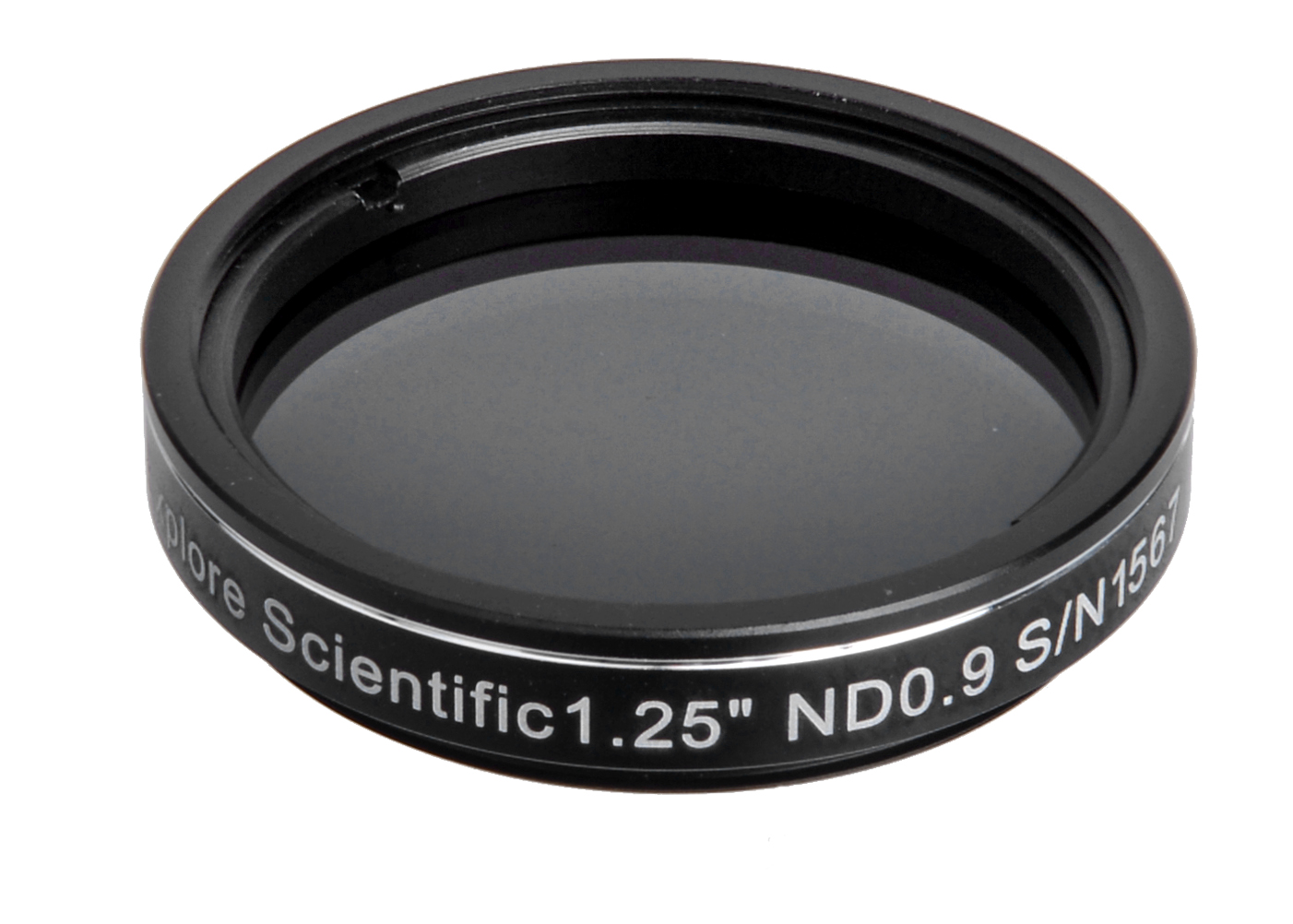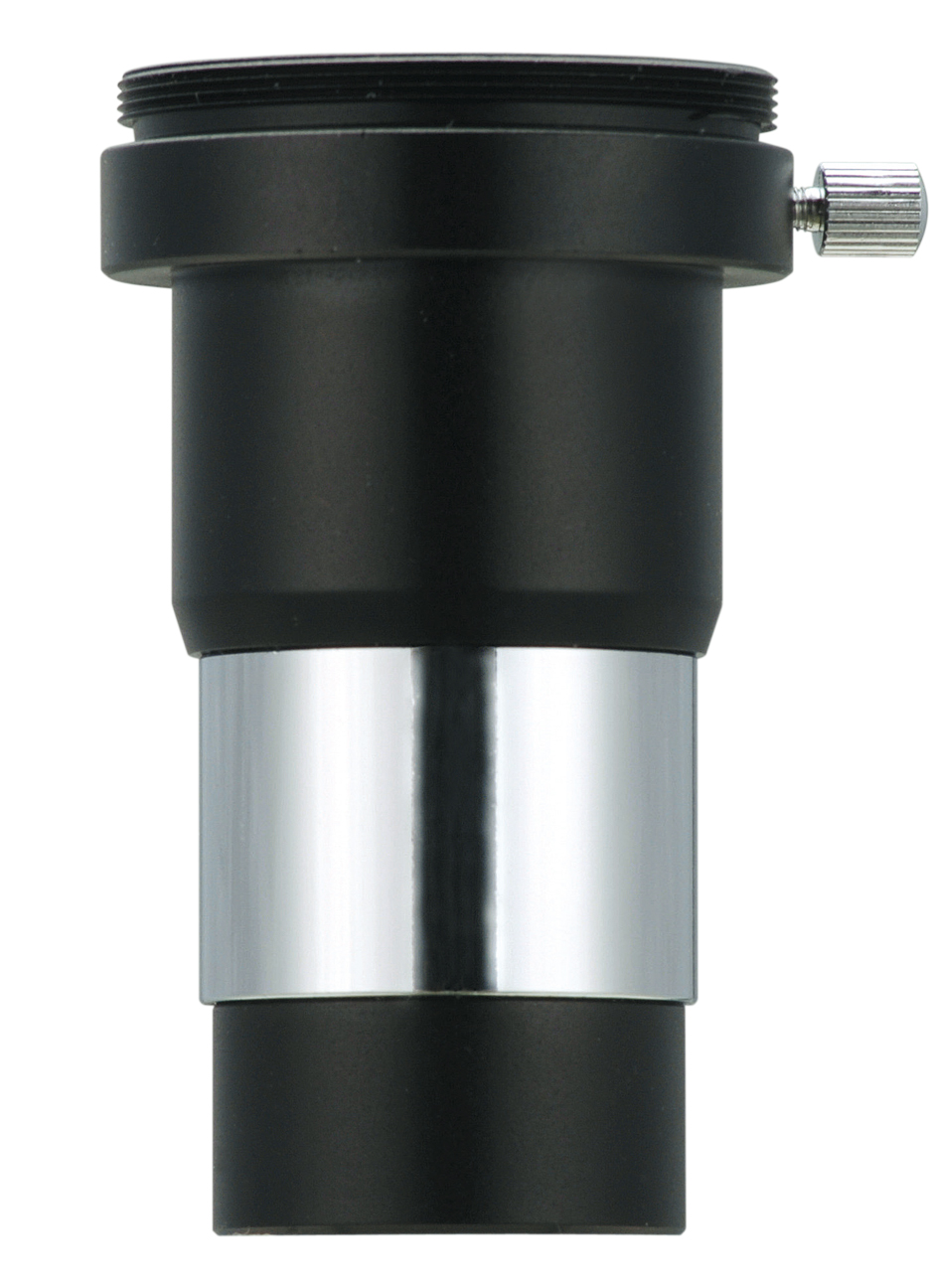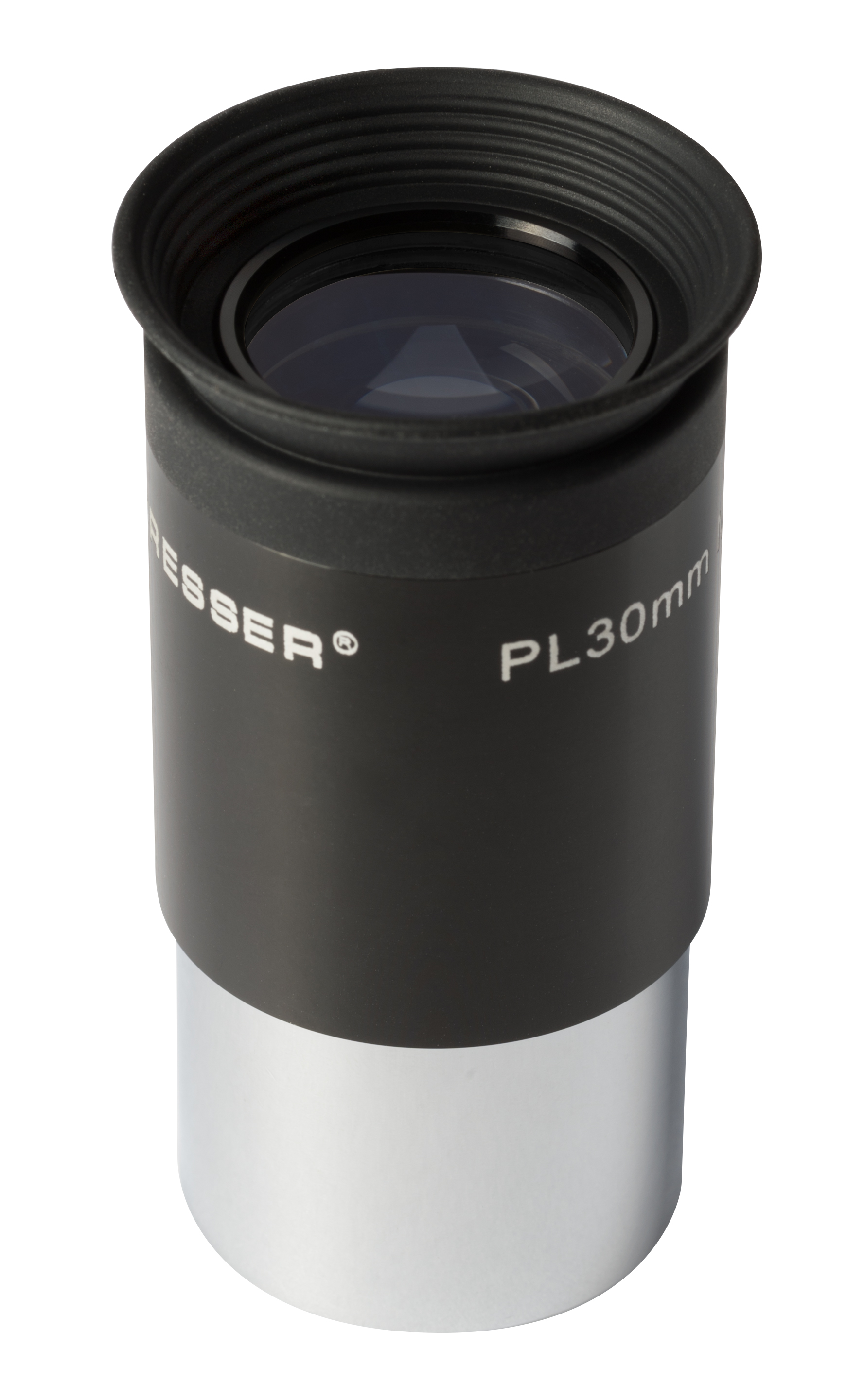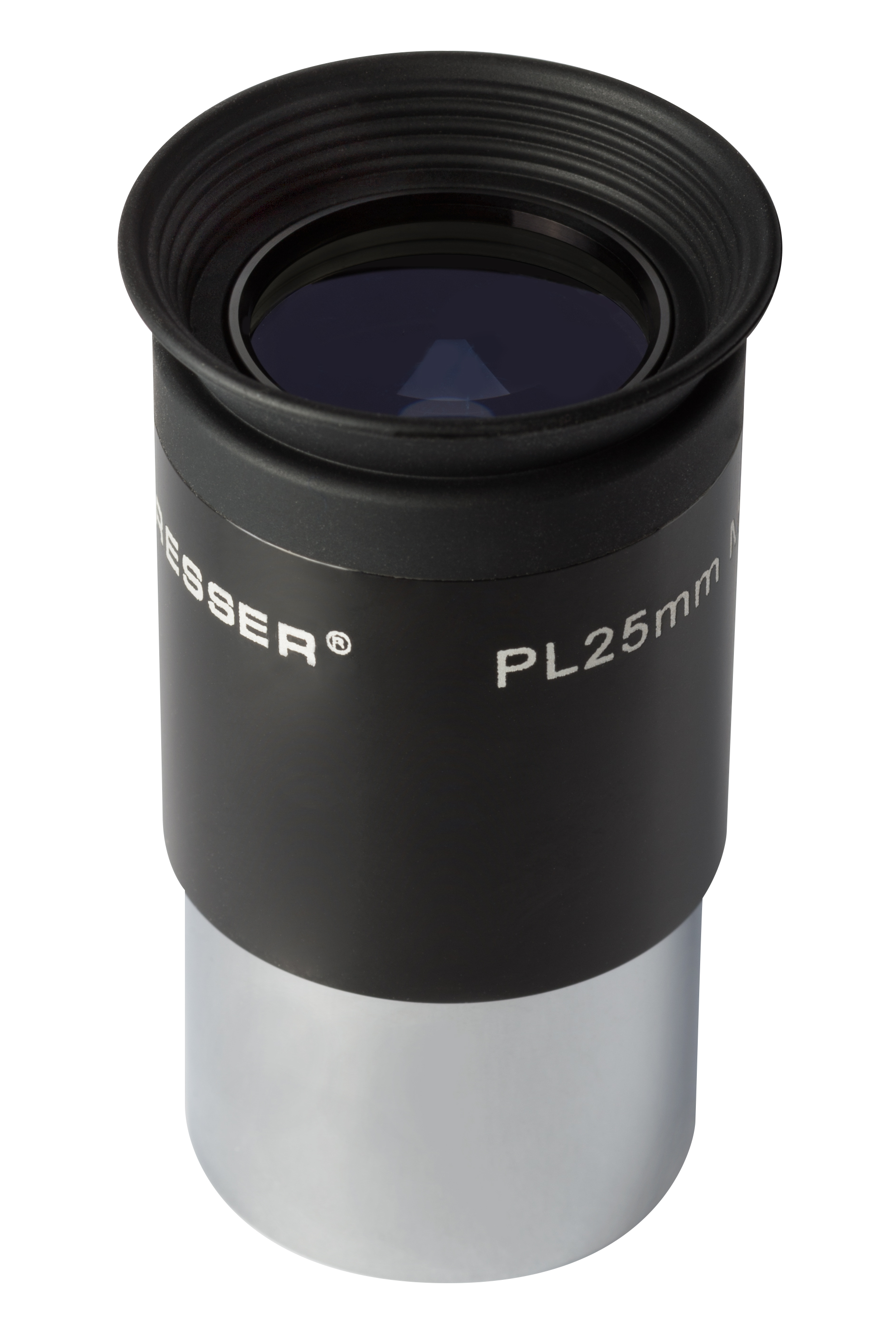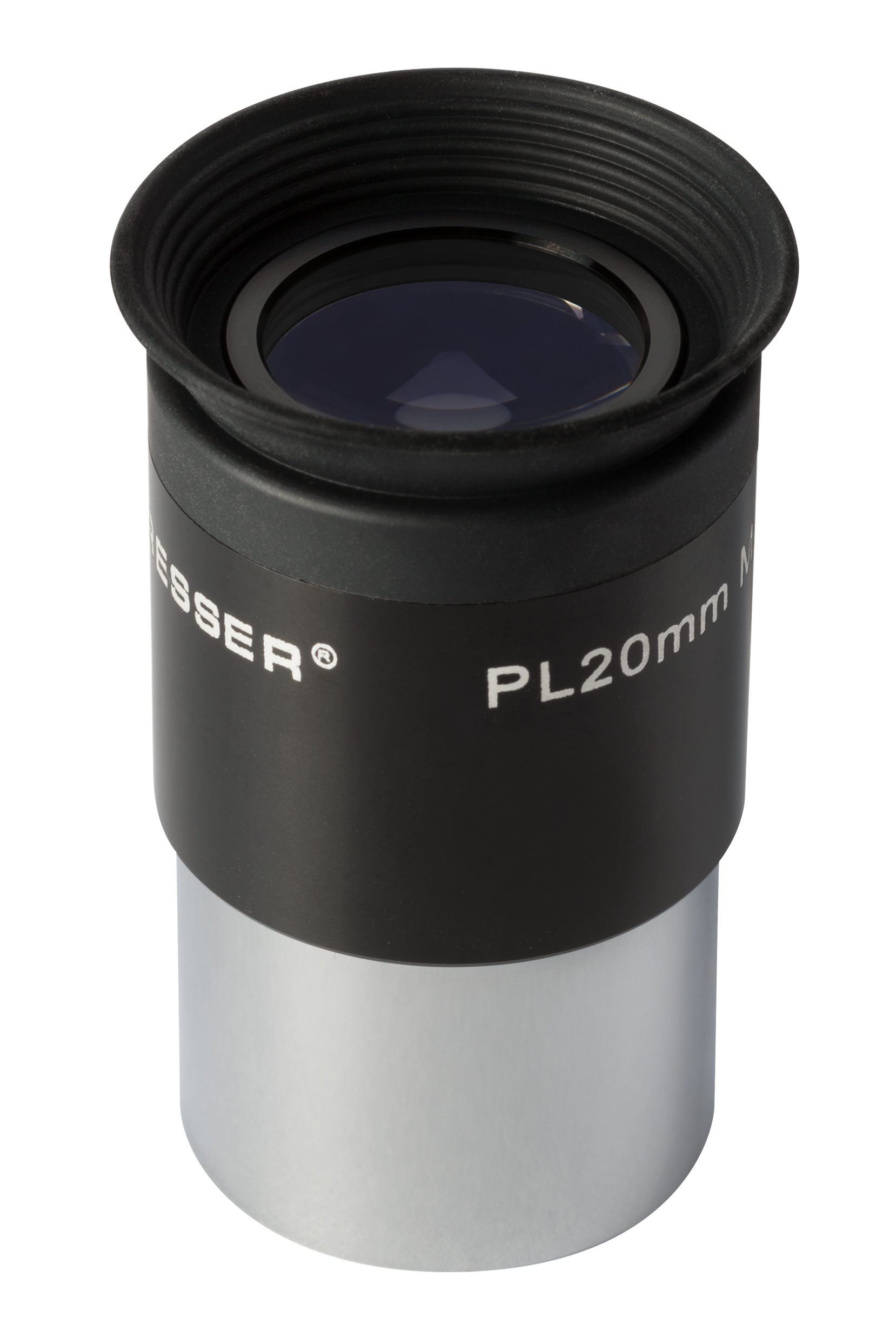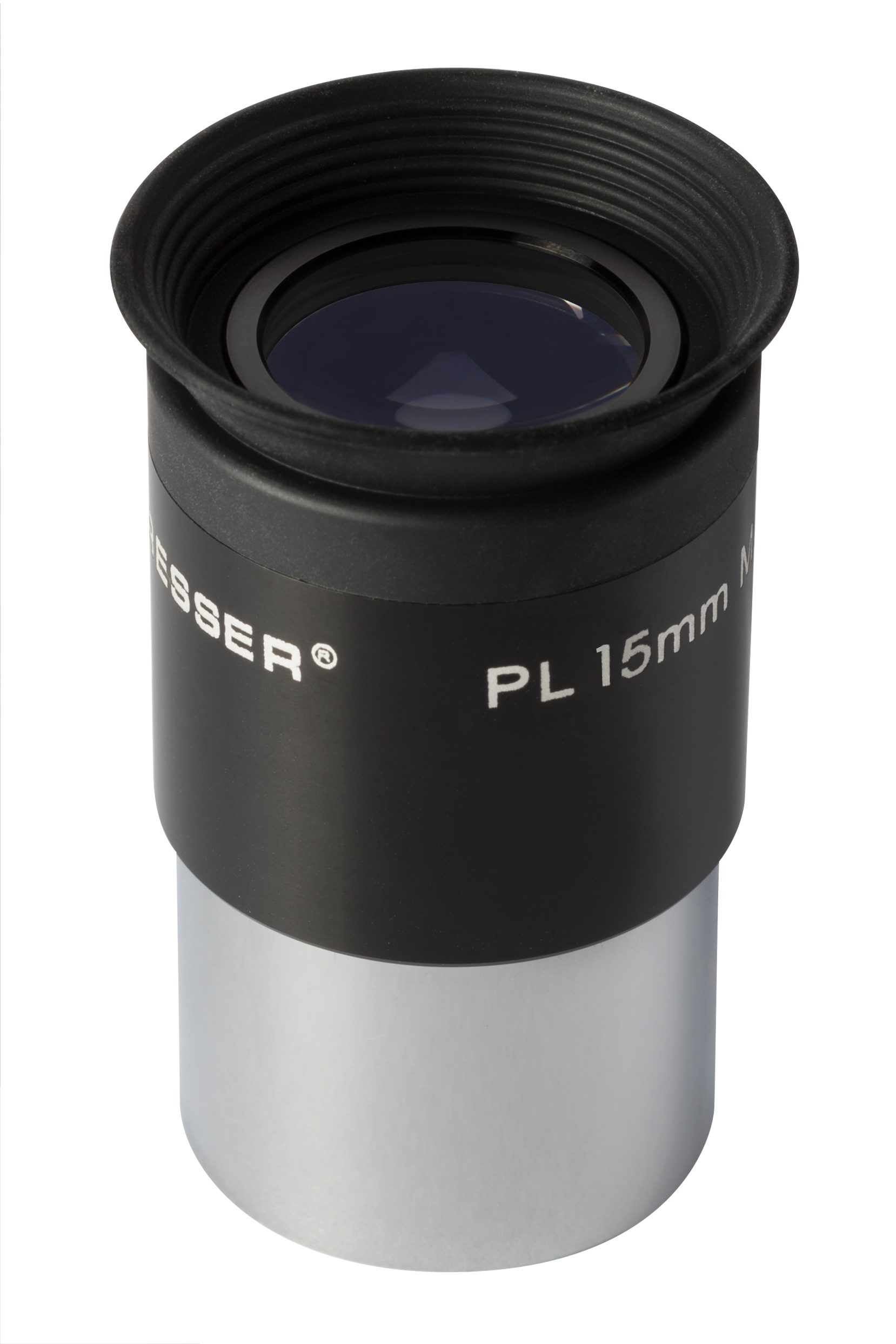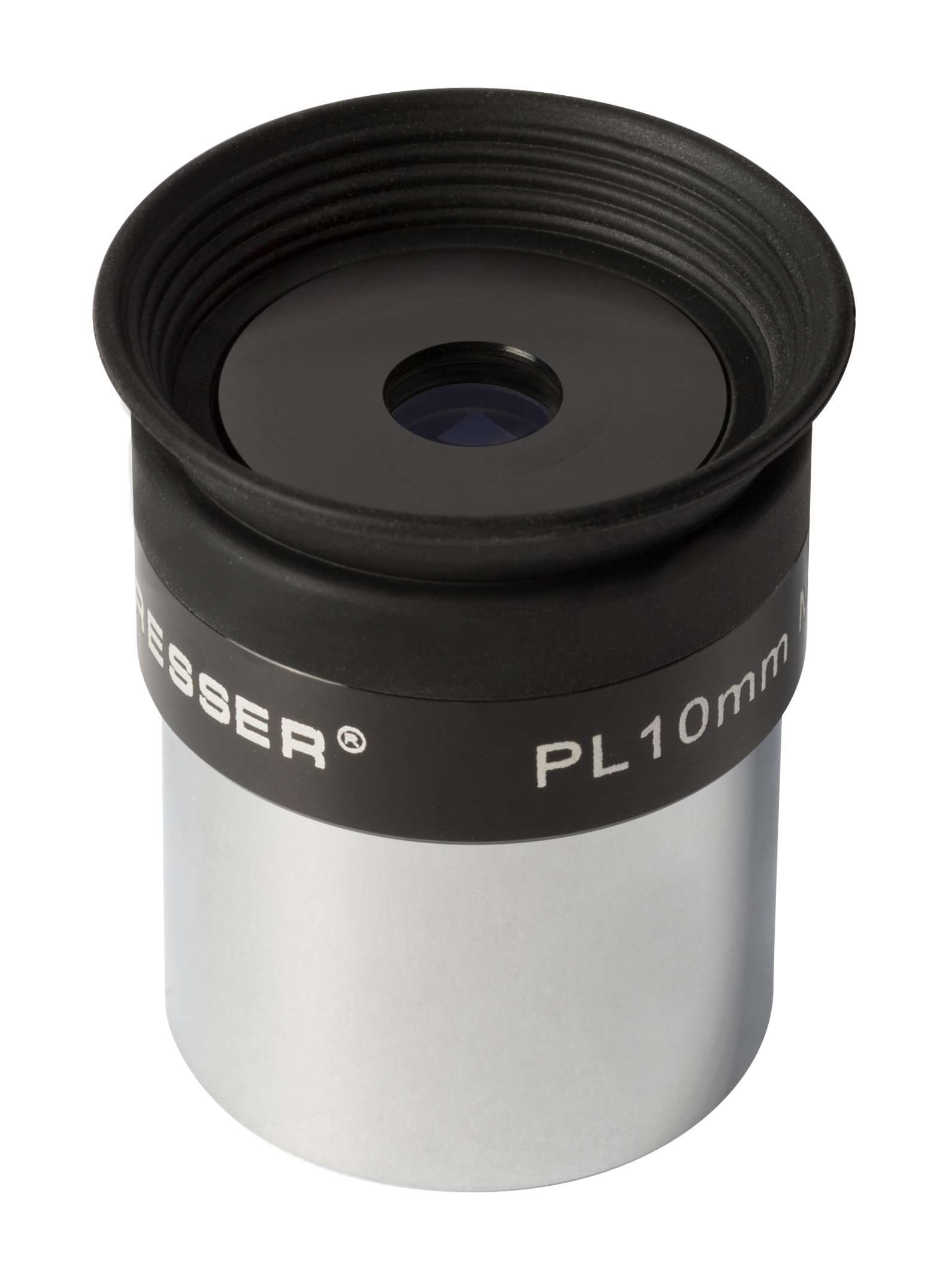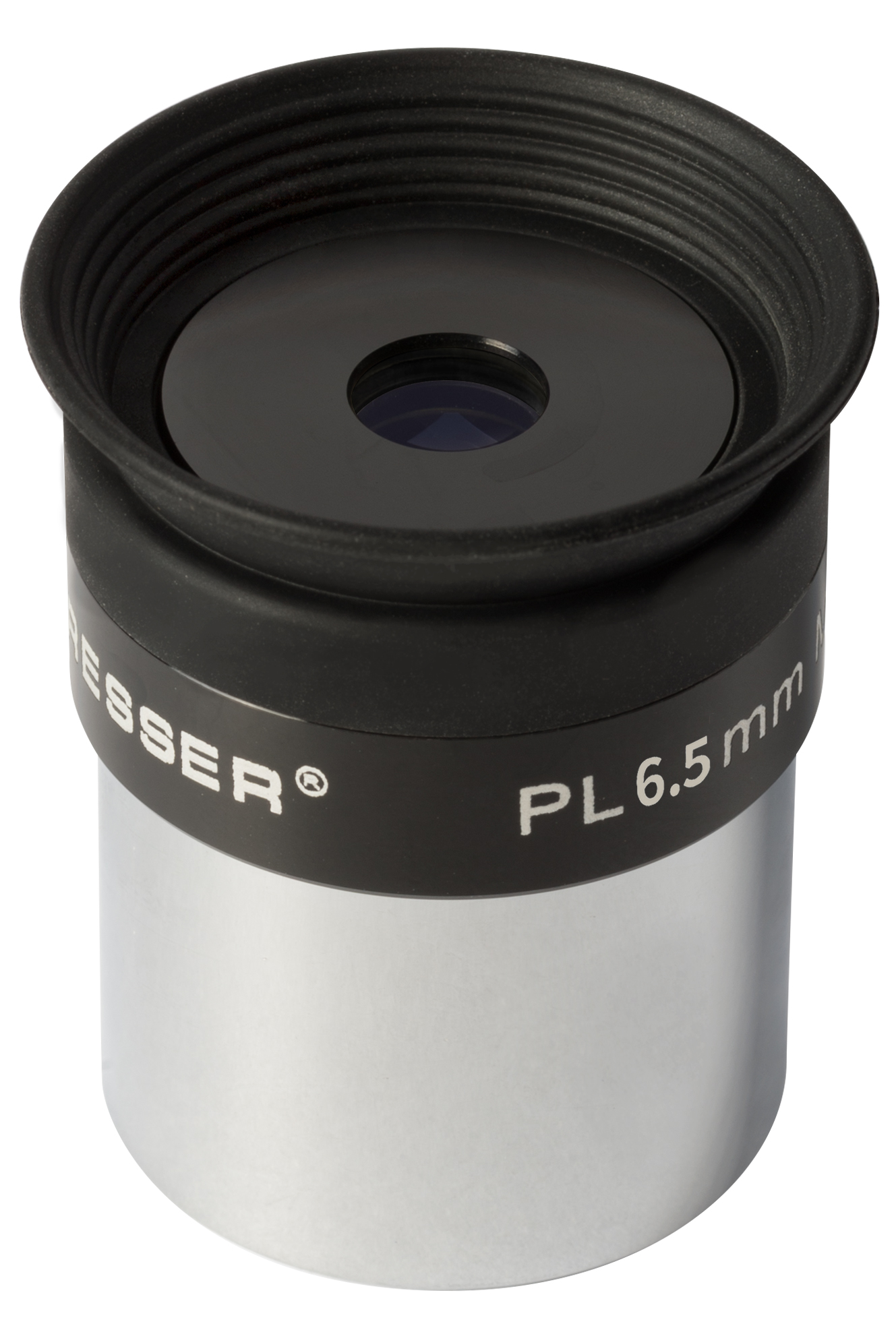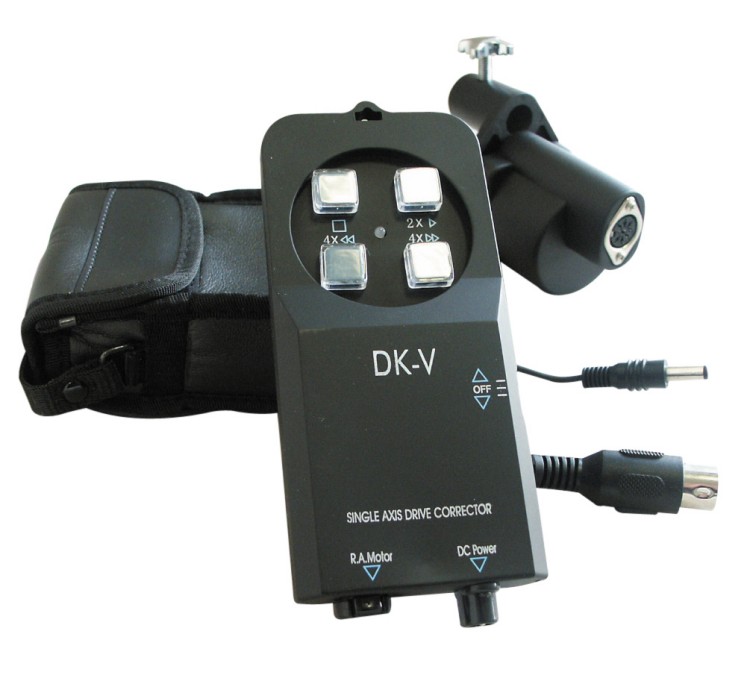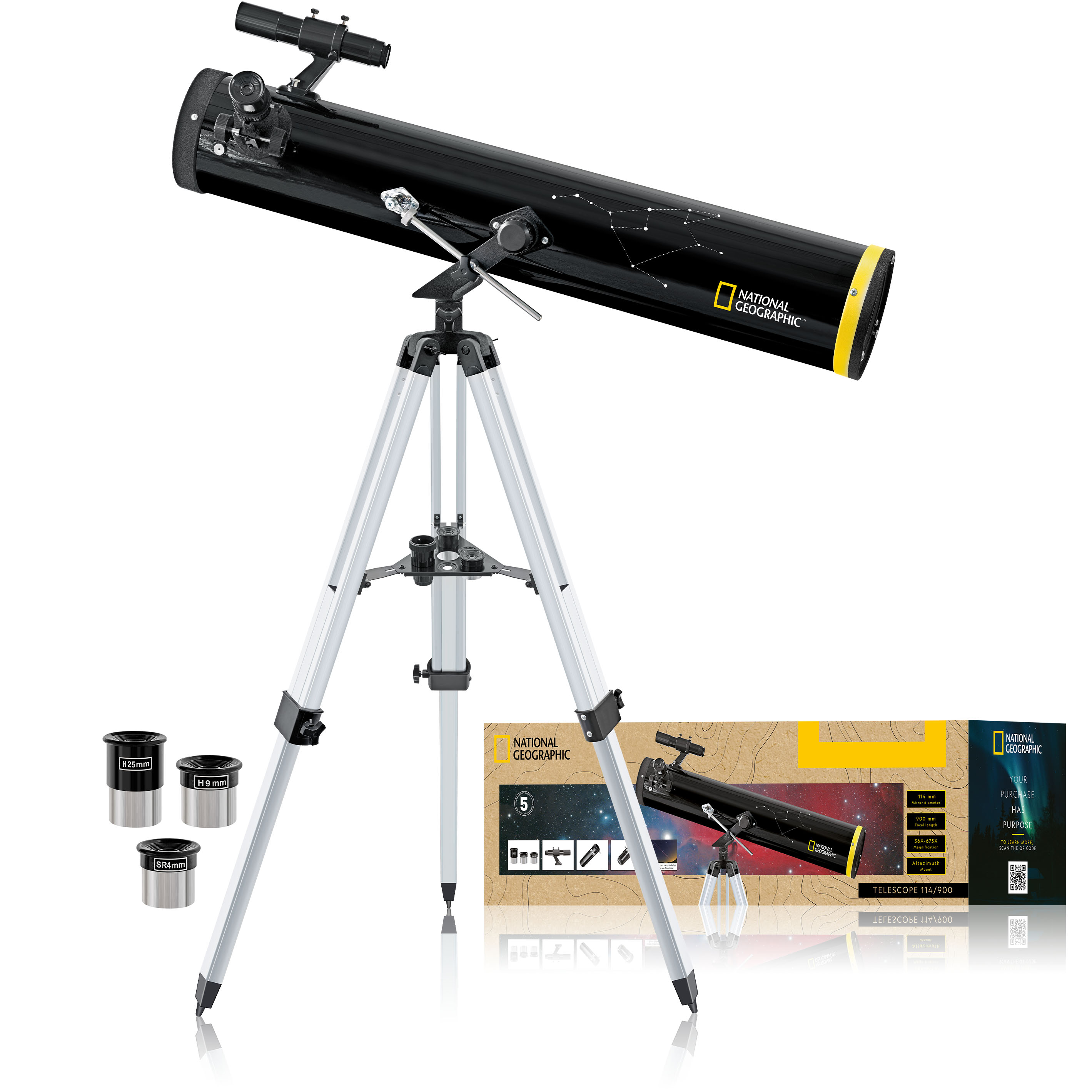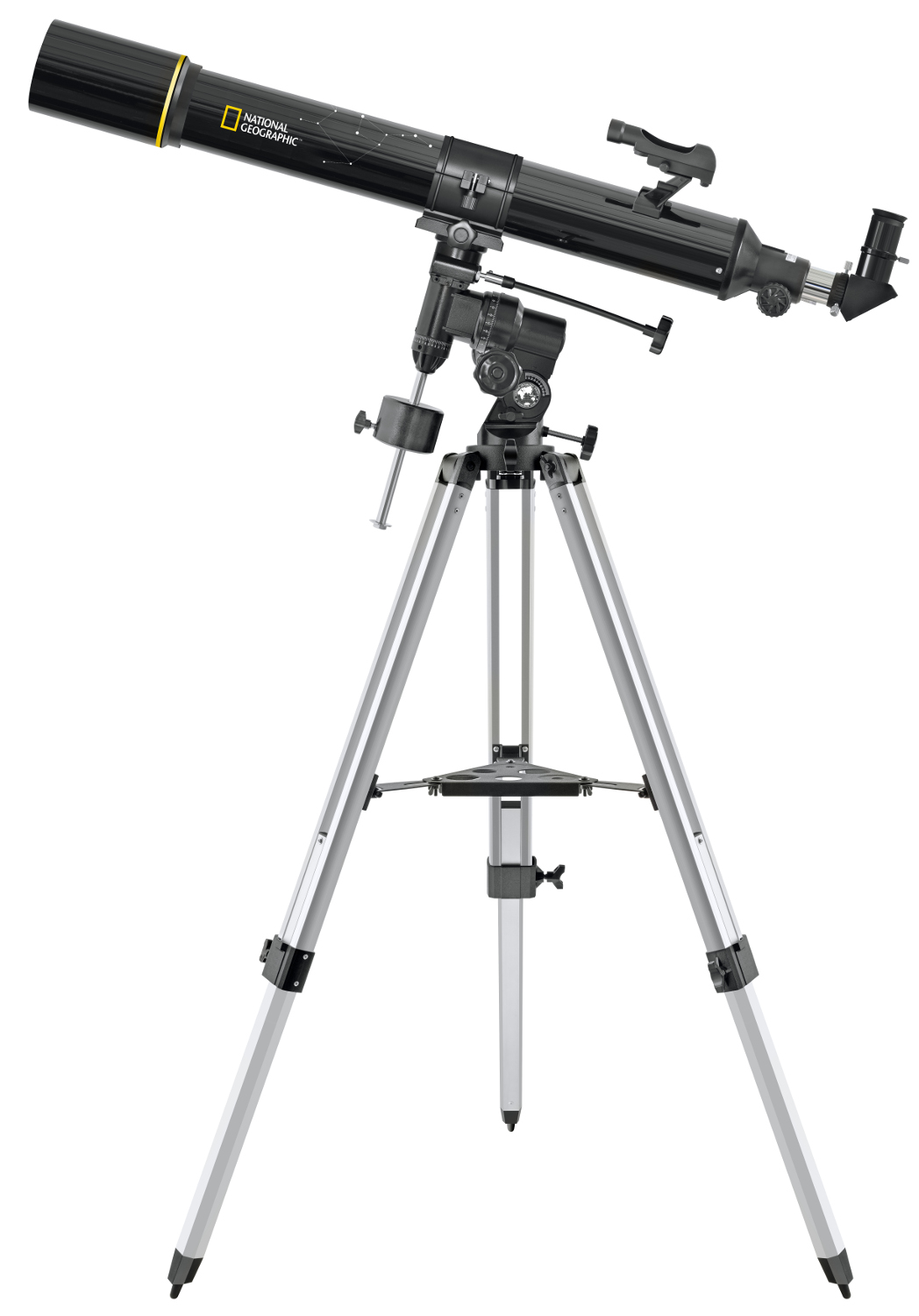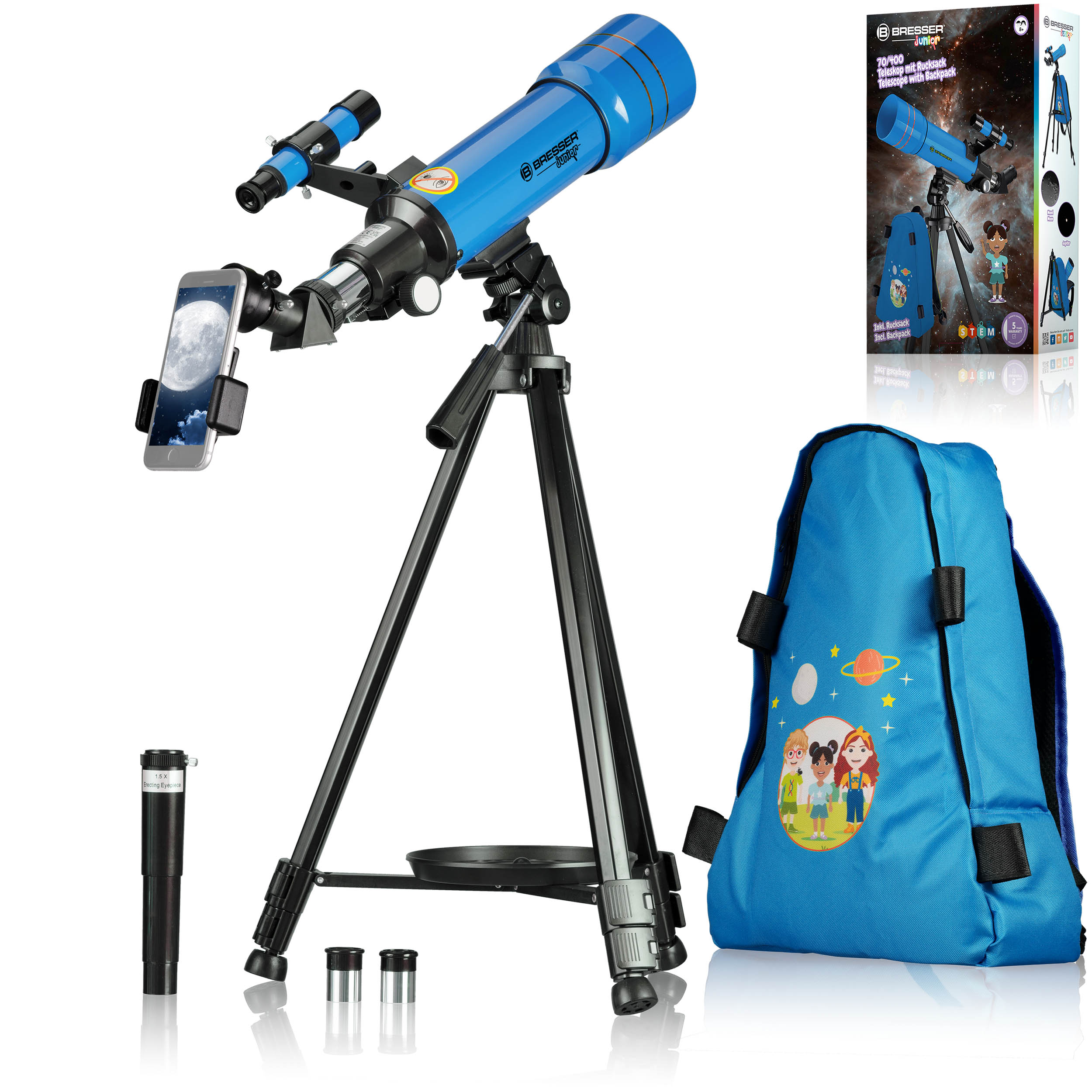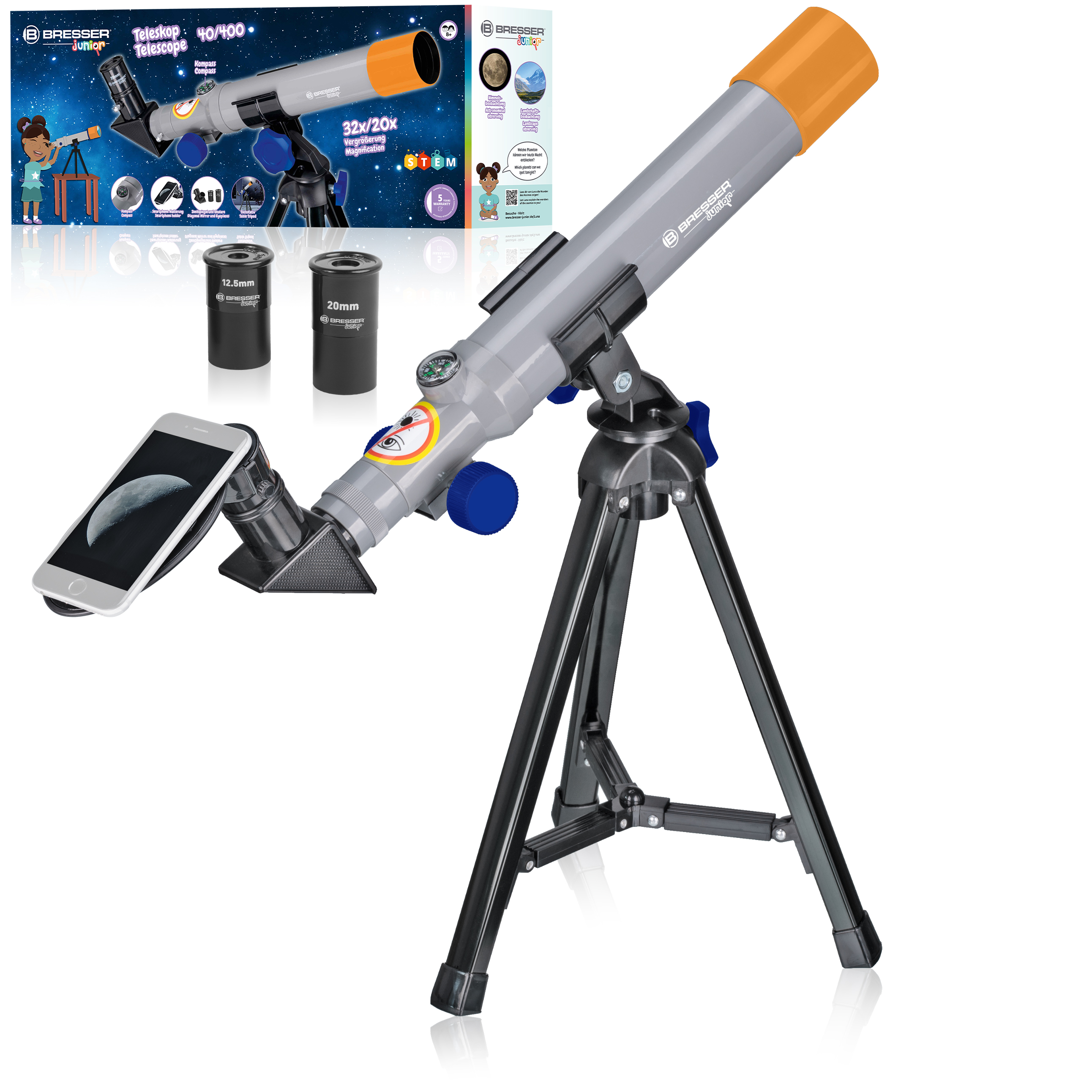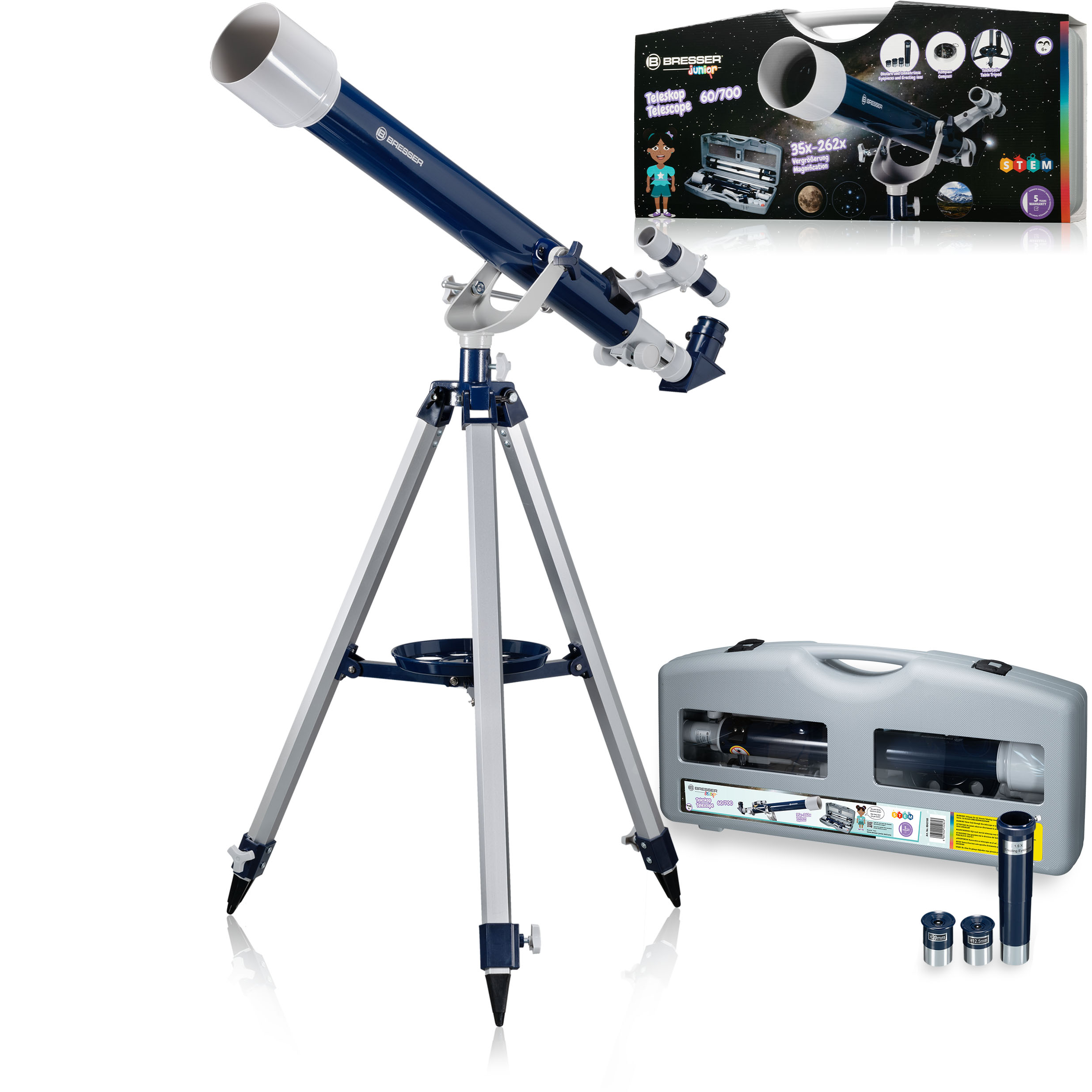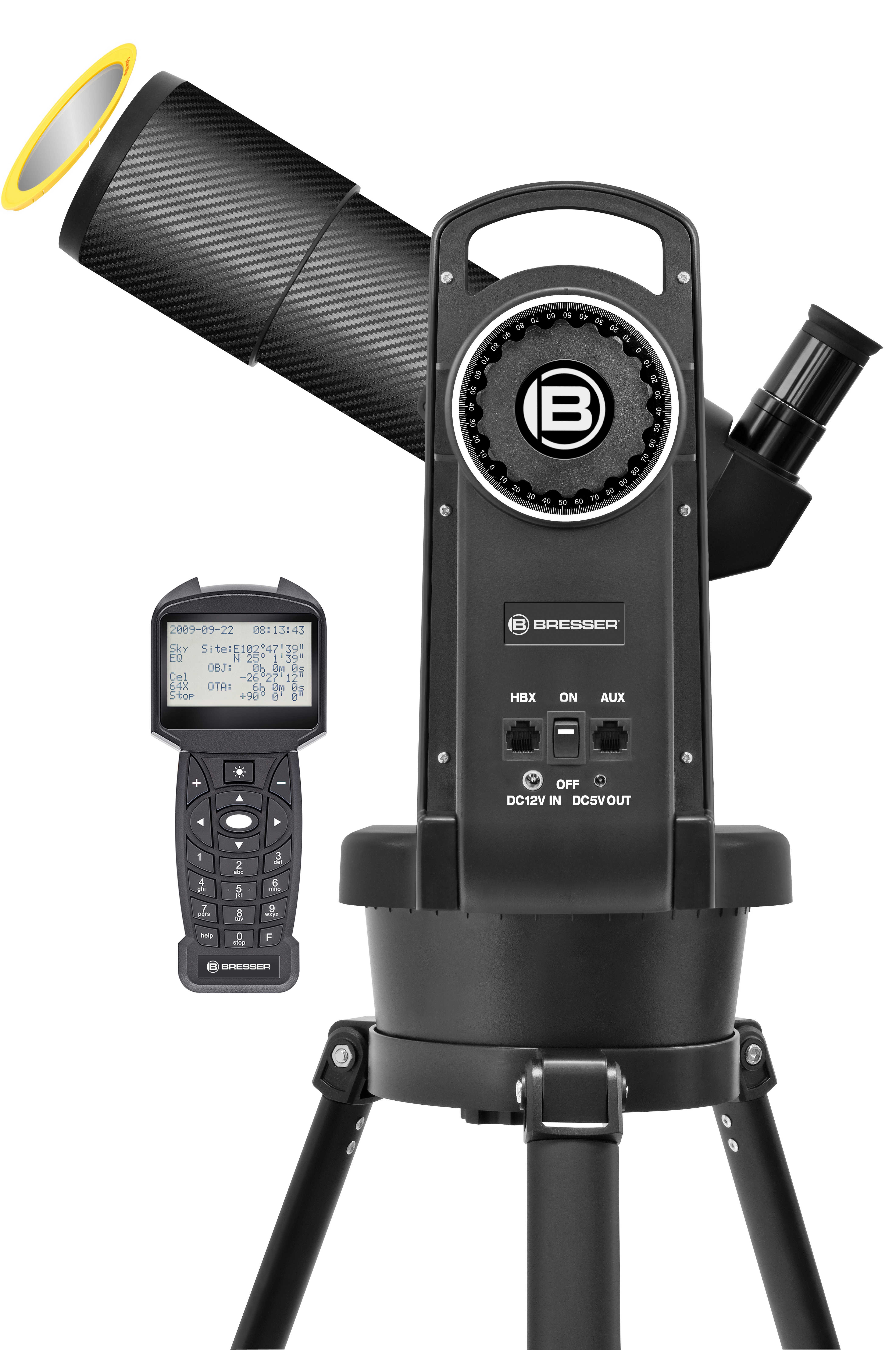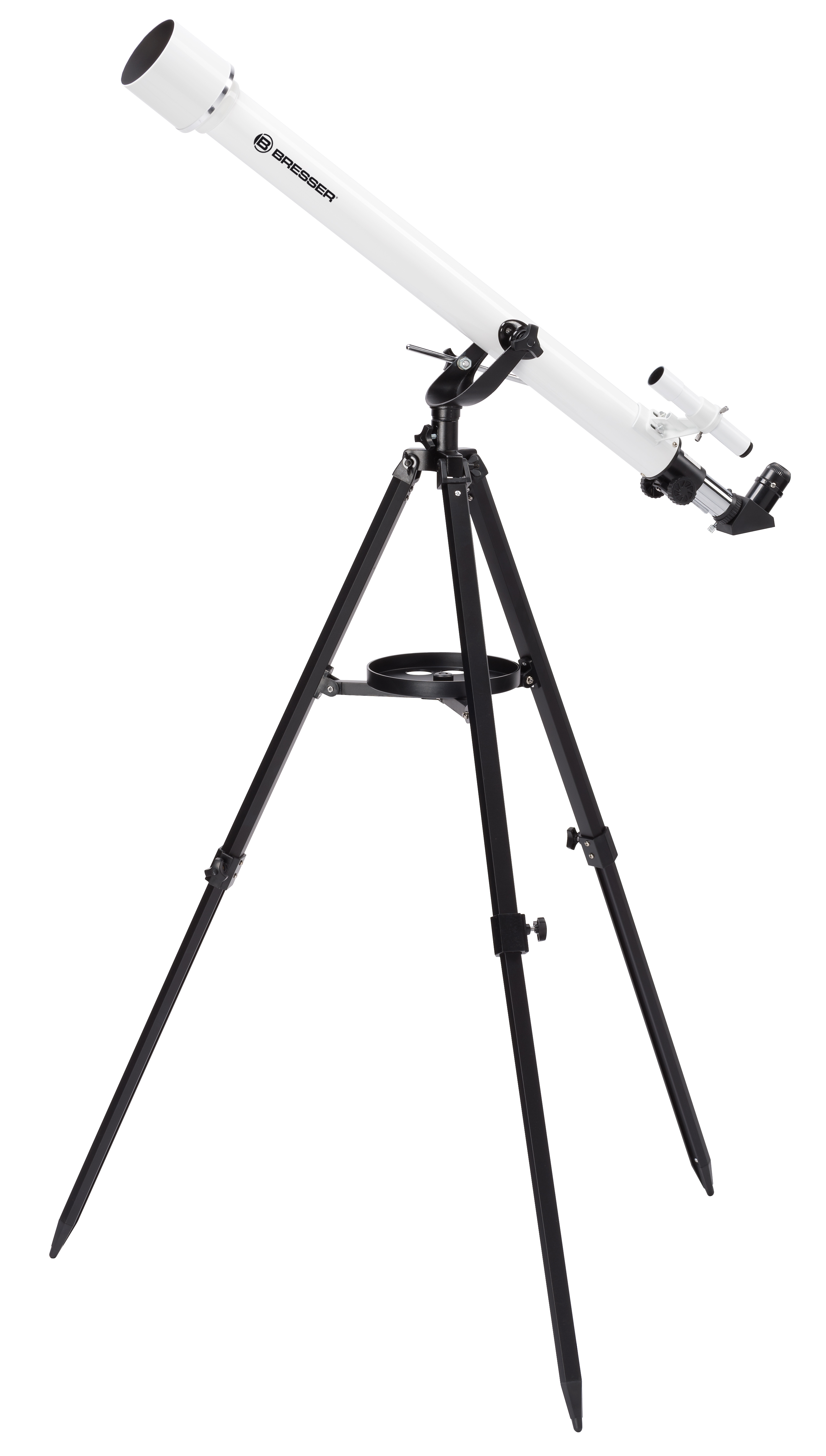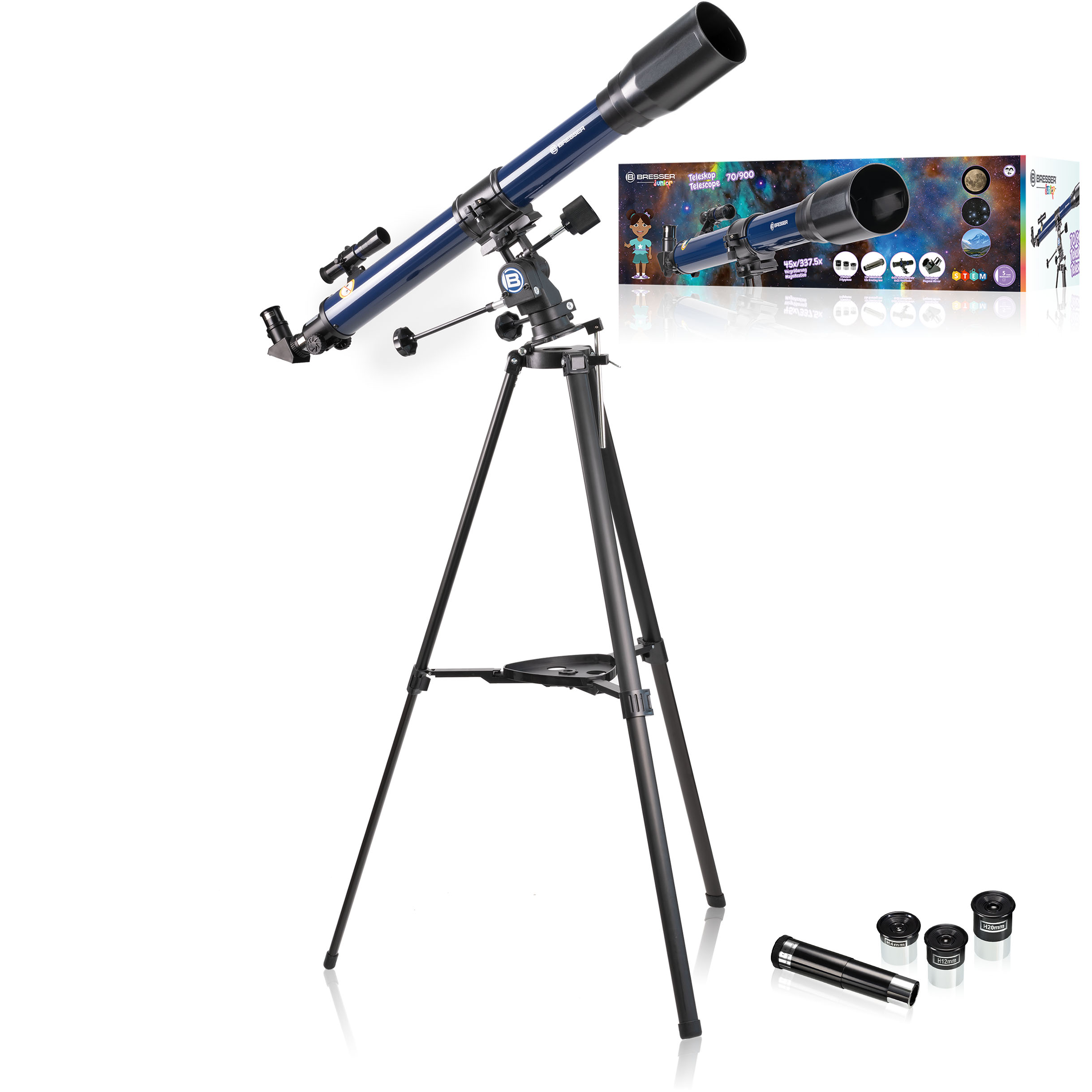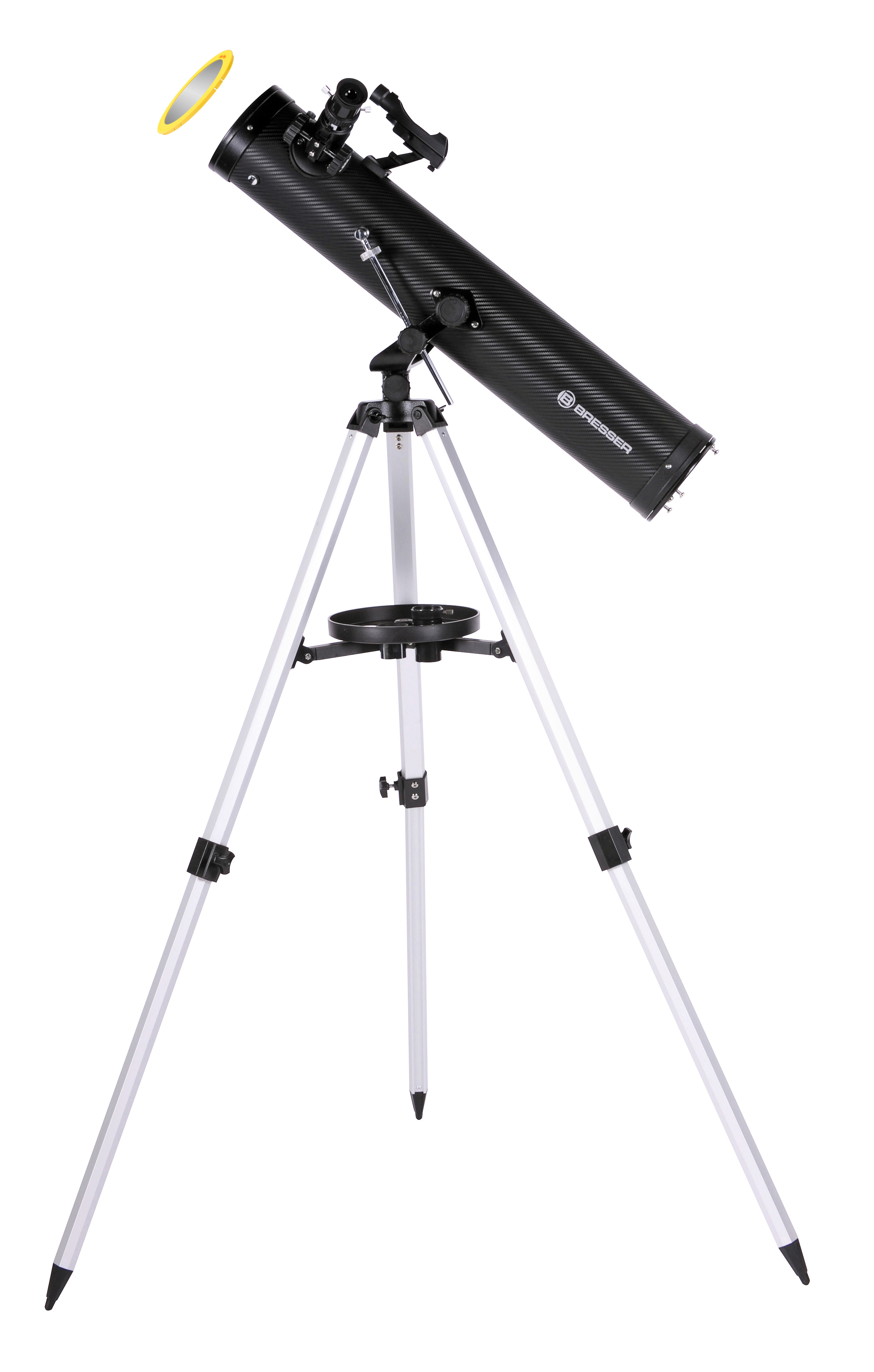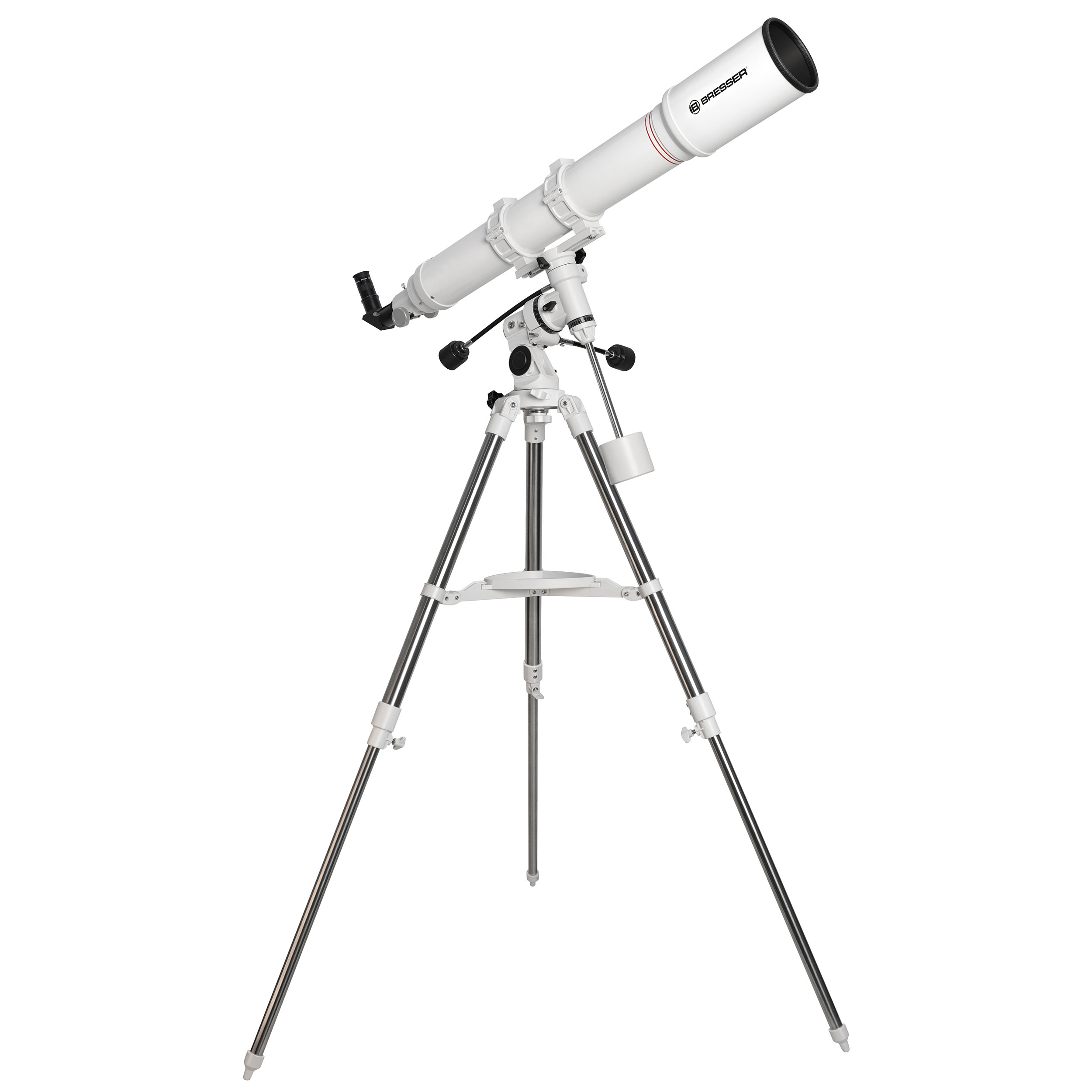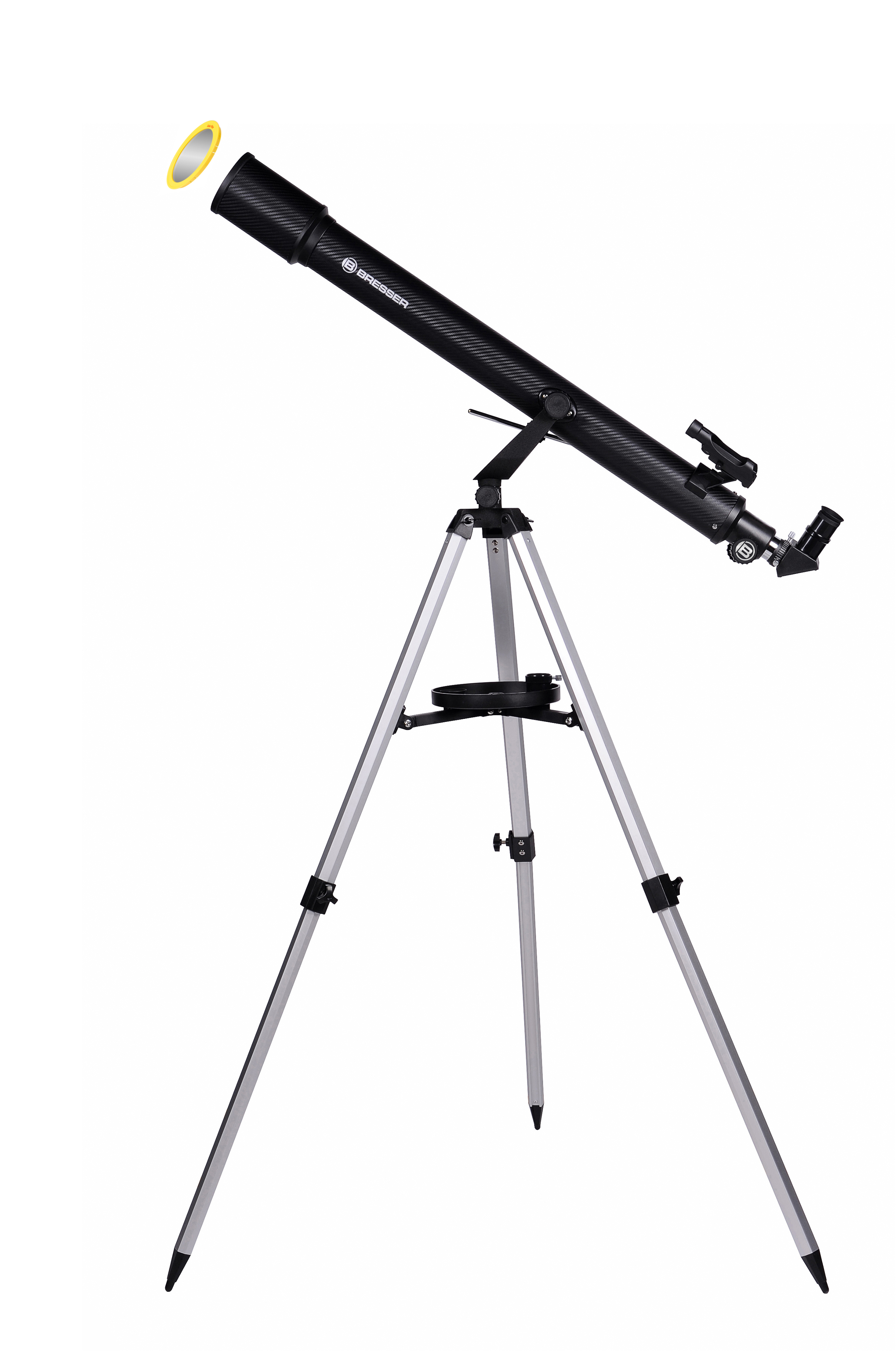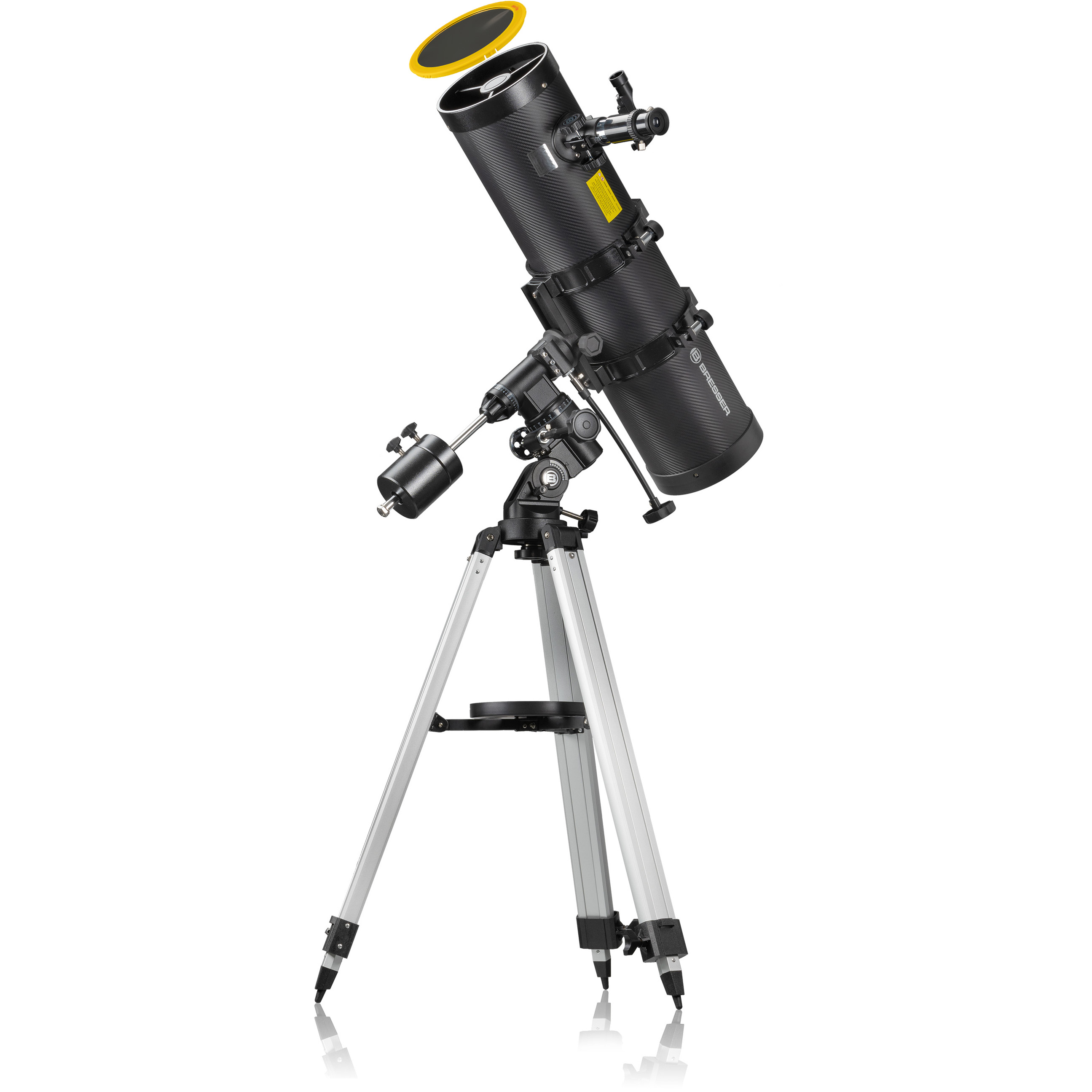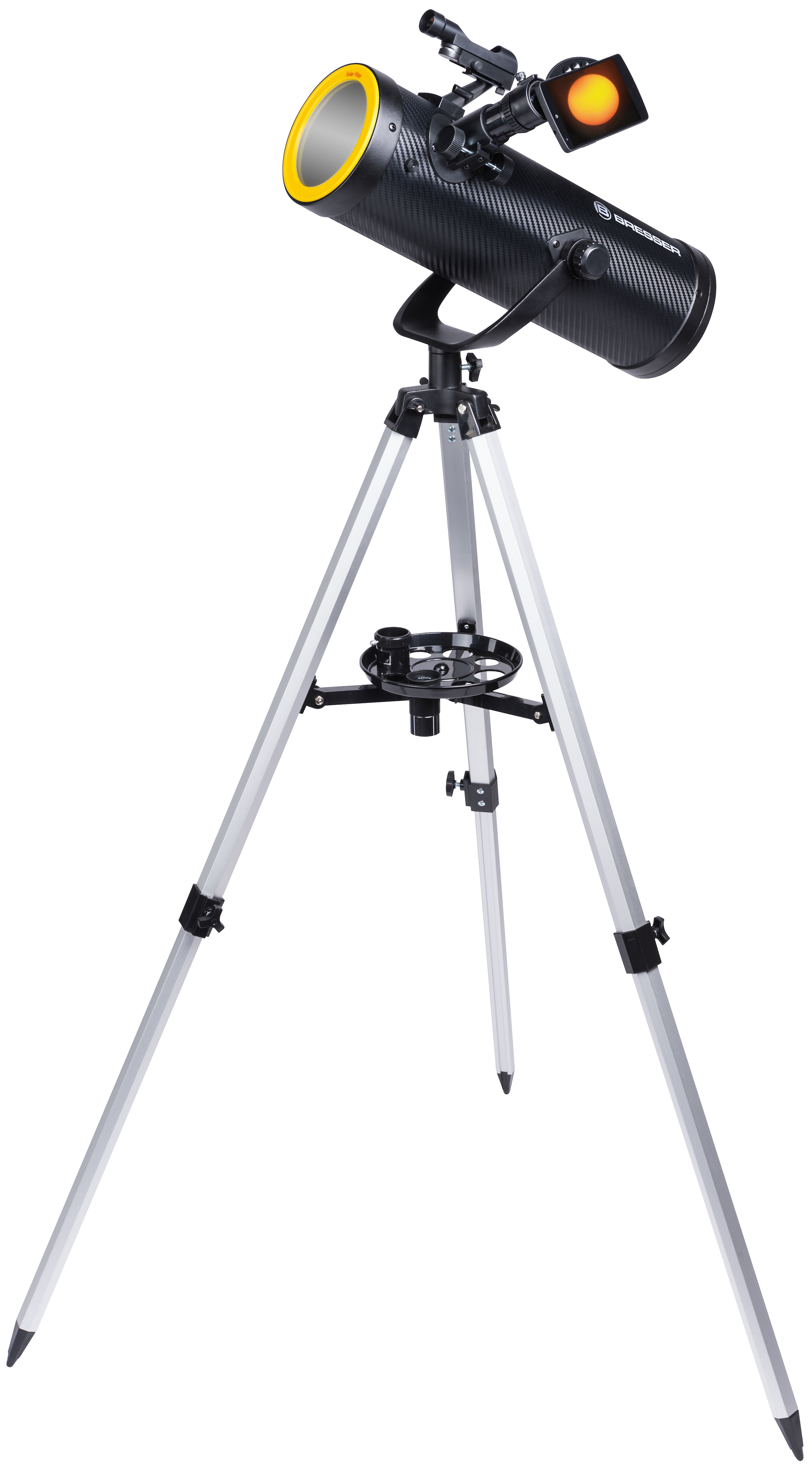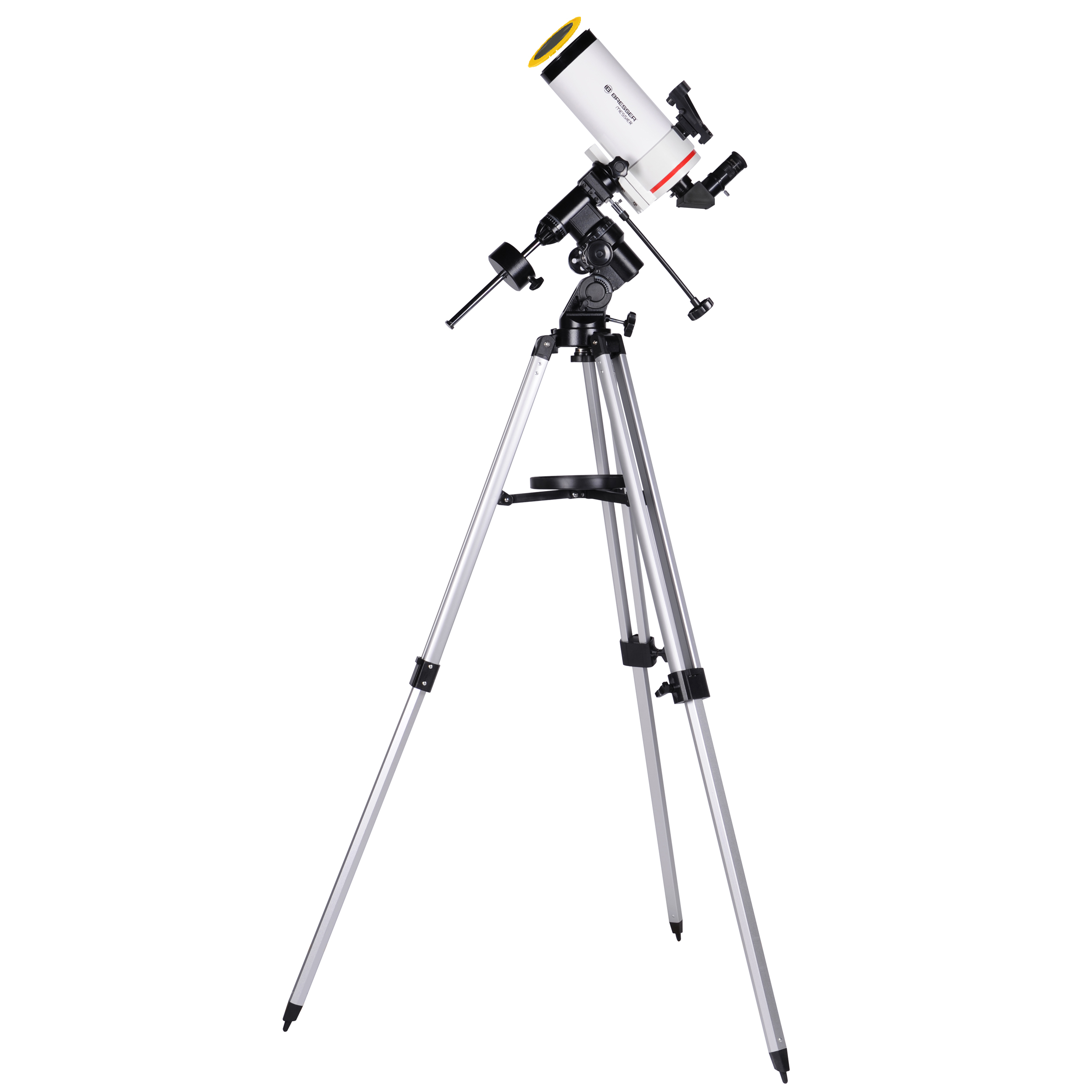Das Bresser Pluto/s habe ich vor gut zwei Jahren gekauft, um meinen Kindern Sonne, Mond und Sterne zu zeigen. Ich hatte mich zwar ganz allgemein schon etwas für Astronomie und Raumfahrt interessiert, aber von Teleskopen hatte ich keine Ahnung. Das Bresser Pluto/s als Newtonteleskop habe ich ausgewählt, da „Spiegelteleskop“ sich für mich nach Hubble und damit „wissenschaftlich“ anhörte. Außerdem machte es für den Preis einen stabilen Eindruck und hatte, meiner Meinung nach, eine Ausstattung, mit der man gleich loslegen konnte.
Dinge wie Krater auf dem Mond, Jupitermonde, Venusphasen oder die Saturnringe vor den eigenen Augen zu haben, ist auch für Kinder ein anderes Erlebnis, als sie nur am Bildschirm oder in einer Zeitschrift zu sehen. Und das macht das mitgelieferte Zubehör, wie z.B. mehrere Okulare, schon möglich. Auch die Andromedagalaxie, die visuell oft kaum oder nur verwaschen sichtbar ist, sieht man durch die gute Lichtstärke (f/4,4) des Pluto/s schon als deutlichen Nebel.
Der größte Nachteil bei der Himmelsbeobachtung war - nein nichts am Pluto - sondern das Wetter. Leider hält sich unser mitteleuropäisches Wetter nicht immer an Wochenenden, Ferien oder die spontane Idee von Kindern mal eben im Teleskop den Orionnebel anzuschauen. Daher kam bei mir bald die Idee auf, das was man durch’s Teleskop sehen kann, aufzunehmen, damit man es später wieder anschauen und zeigen kann (z.B. am nächsten Morgen, weil die Kinder ins Bett müßen). Das wäre ja dann auch irgendwie „selbst gemacht“.
Deshalb kaufte ich mir vor ca. einem Jahr zusätzlich eine sogenannte Mond- und Planetenkamera. Über die 1,25“-Steckhülse war die Anpassung an den Okularauszug und die Fokussierung kein Problem. Der Okularauszug hat sogar genügend Backfokus um mit einer Reduzierlinse die Brennweite auf das 0,63-fache zu reduzieren. Dies, hatte ich gelernt, ist hilfreich, um z.B. den Vollmond oder die Sonne ganz auf den kleinen Chip einer Planetenkamera zu bekommen.
Erste Versuche waren, nun ja, ernüchternd. Trotz bester Versuche zu fokussieren, waren meine Aufnahmen flau und verwaschen. Ein Newtonspiegelteleskop soll man, so hatte ich gelesen, von Zeit zu Zeit rejustieren, besonders wenn man etwas rauer damit umgeht und es oft bewegt. Das Pluto ist über Justierschrauben an Haupt- und Fangspiegel voll justierbar, was nicht bei allen Spiegelteleskopen in der gleichen Preisklasse der Fall ist. Mit einem kleinen Justierlaser, den ich mir kaufte und etwas Anleitung aus dem Internet hatte ich das dann auch gut hinbekommen. Die nächste Aufnahmen waren besser und ich hatte jetzt Blut für die Astrofotografie geleckt.
Hier hat es sich als Vorteil erwiesen, daß das Pluto mit parallaktischer Montierung ausgeliefert wird . Die EQ-Sky-Montierung, die mit dem Pluto angeboten wird, ist meiner Meinung nach deutlich stabiler als die EQ-1, die bei anderen Spiegelteleskopen der gleichen Größenklasse mitkommt. Sie hat z.B. in der DEC-Achse ein Schneckenrad mit dem das Teleskop auch um diese Achse um ganze 360° gedreht werden kann. Und auch das Verstellen der Achsen zum genauen Einnorden- wenn man es für Fotografie denn braucht - ist zwar noch nicht optimal, aber doch deutlich besser als bei einer EQ-1. Die Montierung ist mit dem Pluto/s nicht überfordert und hat noch Spielraum für Zubehör.
Ein Nachführmotor für die RA-Achse ist relativ einfach an die Montierung anzubringen und erleichtert nicht nur das visuelle Beobachten, sowie Mond-, Sonnen- und Planetenaufnahmen, sondern macht meiner Erfahrung nach auch erste Aufnahmen von nicht zu dunklen Deep-Sky-Objekten möglich, wenn man die Belichtungszeit der Einzelaufnahmen in Grenzen halten kann (z.B. Orionnebel, Kugelsternhaufen). Die hohe Lichtstärke des Pluto ist hier wieder von Vorteil. Man muß sich aber bewusst sein, daß der Nachführmotor und die Montierung nicht mit Astrofotografie im Sinn gemacht wurden.
Um fotografisch die Grenzen noch etwas zu erweitern, habe ich das Stativ auf eine Art T aus Baulatten mit höhenverstellbaren Möbelfüßen gesetzt. Damit steht das Stativ schön stabil und kann einfach nivelliert werden. Die Plastikzahnstange des Okularauszuges des Pluto hat sich leider schnell abgenutzt, so daß ich die Idee hatte Innen- und Außenteil des Okularauszugs zu kürzen und wieder ineinander zu verkleben. Dies dient jetzt als Aufnahme für eine 1,25“-Steckhülse mit T2-Anschluß. Daran kann jedwedes T2-Zubehör angeschlossen werden, darunter z.B. ein nichtdrehender T2-Helikalauszug mit dem z.B. Astrokameras mit T2-Gewinde sehr gut fokussiert werden können.
Nach der Modifizierung des OAZ bin ich beim Nachmessen der Fokuslage darauf gekommen, daß der Backfokus groß genug sein müsste, um mit einem kurzbauenden T2-Adapter und dem T2-Helikalauszug auch eine DSLR anzuschließen. Dies ist natürlich meilenweit von der ursprünglich vorgesehenen Anwendung des Pluto/s entfernt, aber nur Versuch macht kluch. Und da die Verwendung eines Komakorrektors für den größeren Sensor einer DSLR nicht in Frage kam, habe ich wenigsten den Spiegel des Pluto auf F/6,25 mit einer einfachen schwarzen Pappscheibe abgeblendet um die Koma in den Ecken etwas in Schach zu halten - auf Kosten einer längeren Belichtungszeit. Um längere Deep-Sky-Bilder zu machen, habe ich die EQ-Sky auf Erholung geschickt und das Pluto/s auf einer EQ-5 mit Leitrohr befestigt. Mit der Standard-Prismenschiene des Pluto war auch das kein Problem.
Getestet habe ich am Orionnebel M42/M43 , an den Plejaden und an der Gegend um Alnitak mit dem Pferdekopfnebel mit Einzelaufnahmen bis zu 90sec und Gesamtbelichtungszeiten von jeweils über einer Stunde. Die DSLR war eine unmodifizierte Canon 1300D. Die Ergebnisse haben mich wieder angenehm überrascht, obwohl ich von „meinem“ Pluto/s schon einiges gewohnt war. Ja, in den Ecken sieht man noch Restkoma und wenn man genau hinschaut, sieht man, daß die DSLR leicht verkippt war – da hätte ich wohl sorgfältiger sein sollen. Aber mit einer leichten Beschneidung des Bildausschnitts und einer Verkleinerung der Auflösung sind Bilder entstanden, die ich so nicht von einem „visuellen Einsteigerkugelspiegel“ erwartet hätte.
Fazit
Als ich das Bresser Pluto/s gekauft habe, hatte ich nicht erwartet, daß das Teleskop mich soweit bringen und begleiten würde – erst recht nicht bis zur Deep-Sky-Fotografie mit einer DSLR. Das Pluto eignet sich gut, es etwas „aufzupeppen“. Es ist lichtstark, justierbar und kommt mit einer relativ stabilen Montierung daher. Das kompensiert zu einem großen Teil den etwas unschärferen Kugelspiegel. Bei ausgedehnteren Objekten fällt diese Unschärfe aber kaum auf.
Die volle Leistung des Pluto kommt nicht von selbst. Man muß sich damit auseinandersetzen und es pflegen. Wer sich aber mit dem Pluto beschäftigt und lernen will, für den ist es ein gutes, vielseitiges, ausbaubares Einsteigerteleskop zu einem günstigen Preis. Bei mir wird es einen speziellen Platz als mein erstes richtiges Teleskop haben, welches mich immer wieder mal angenehm überrascht hat.


